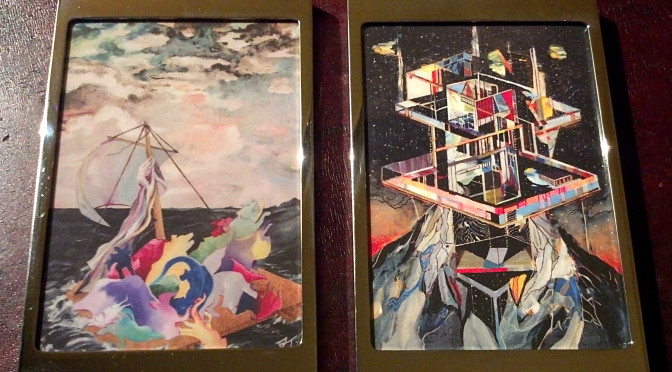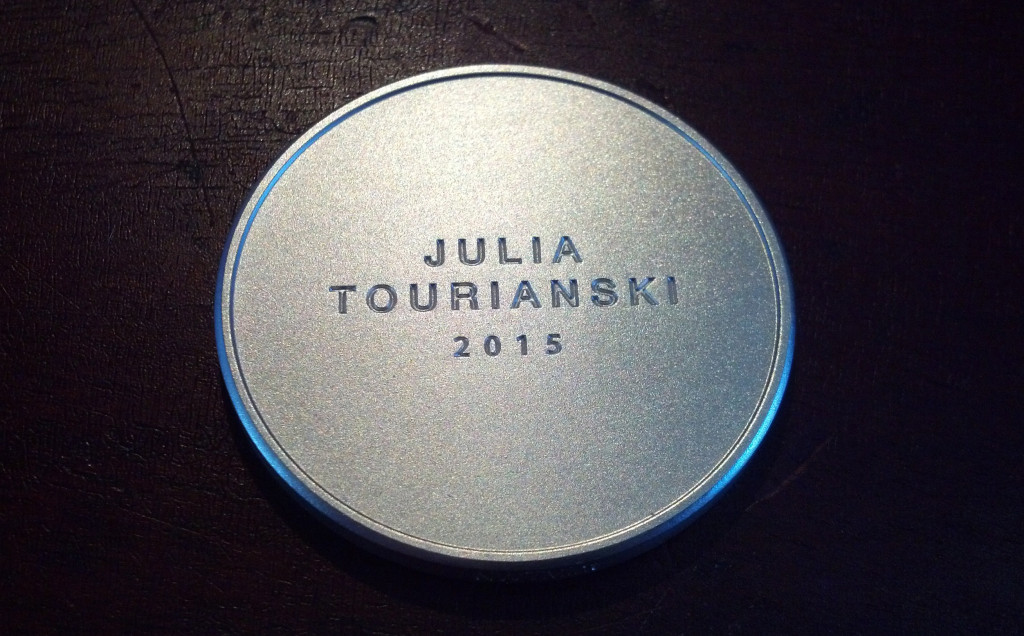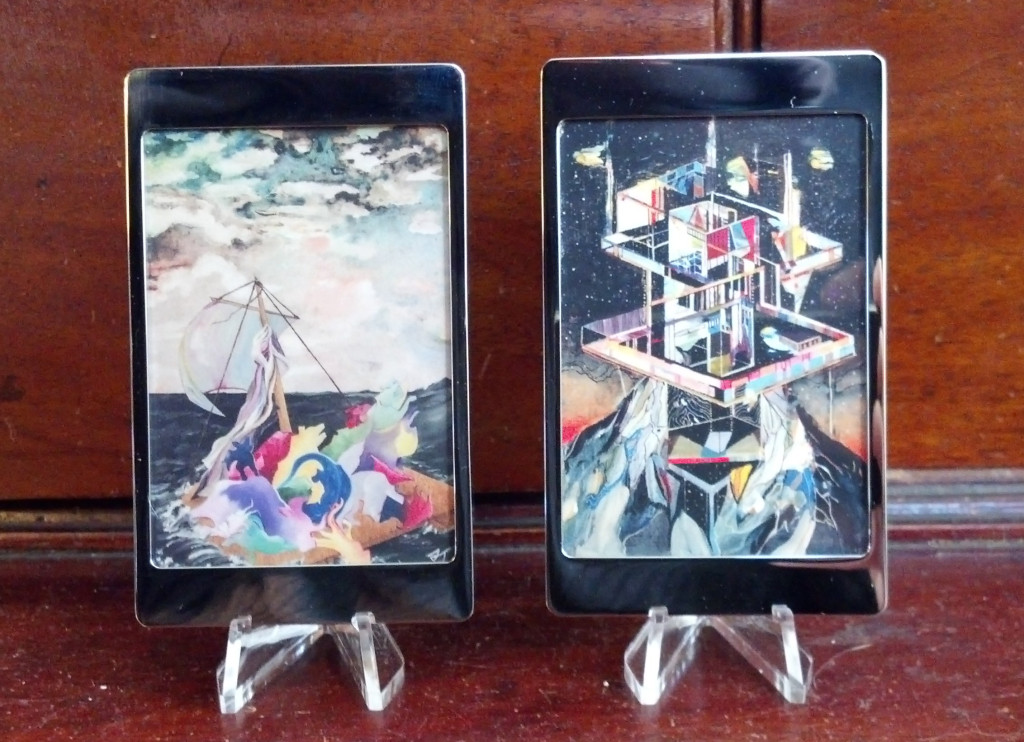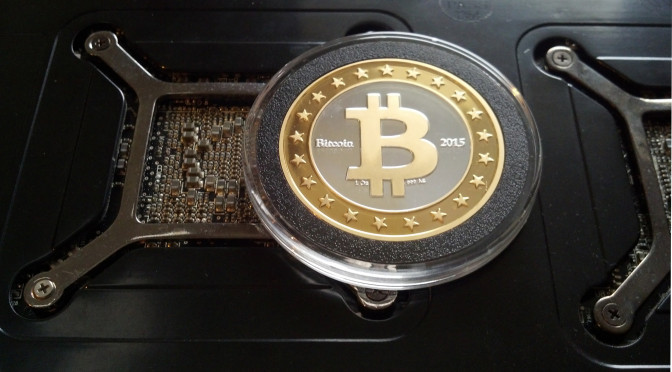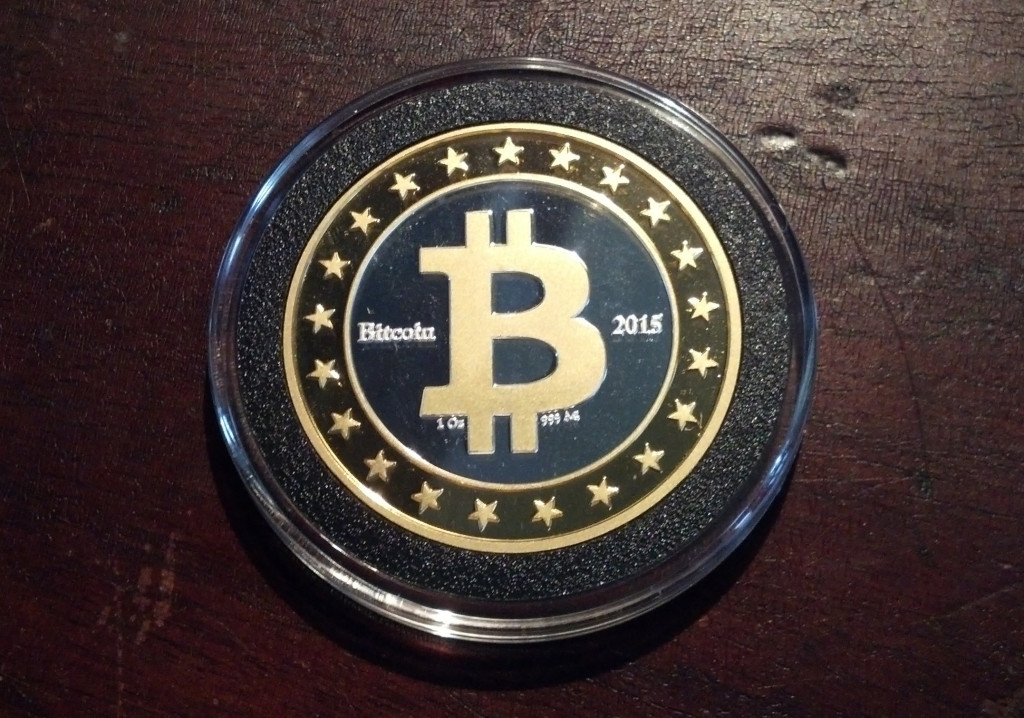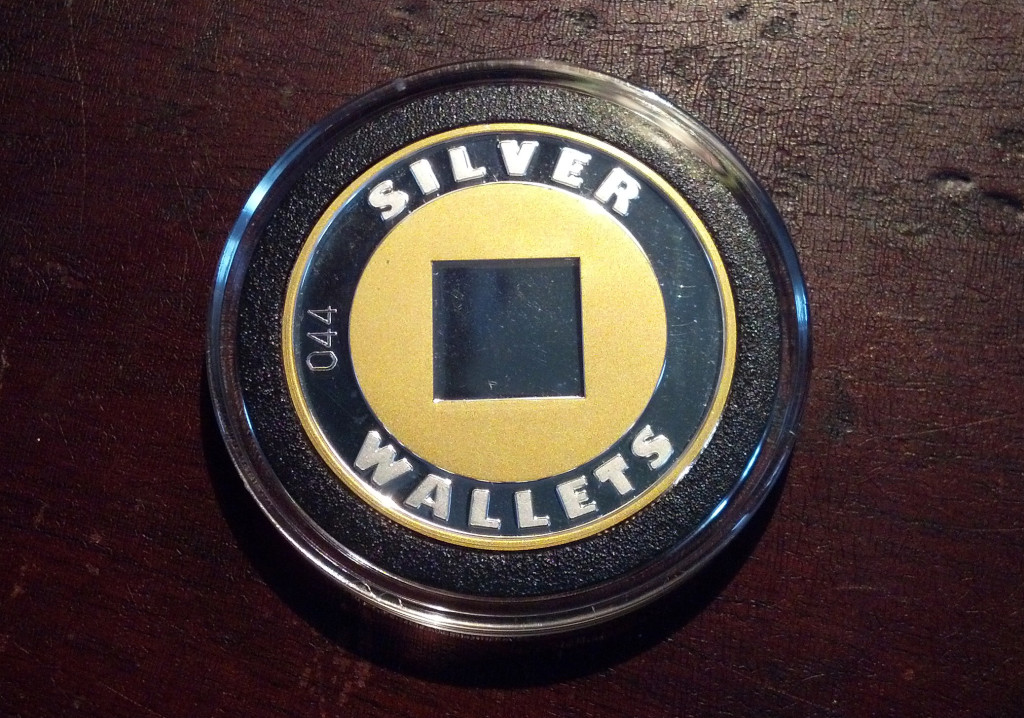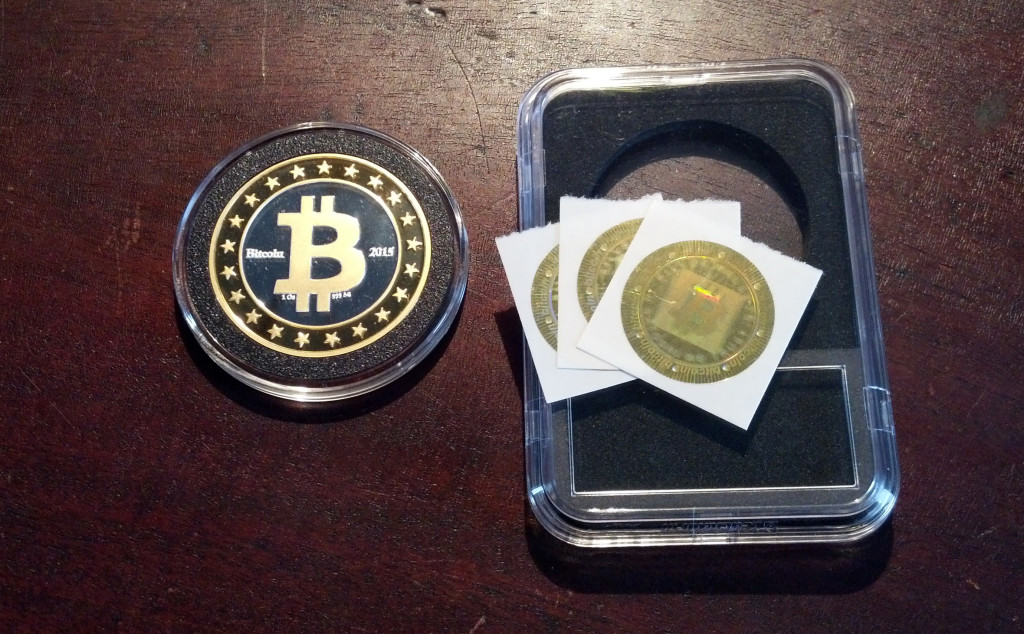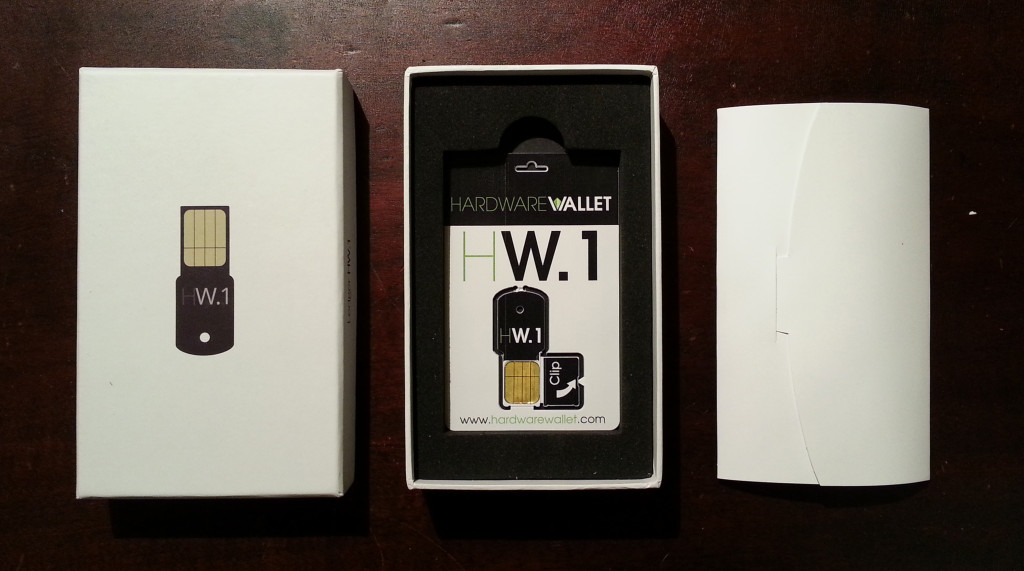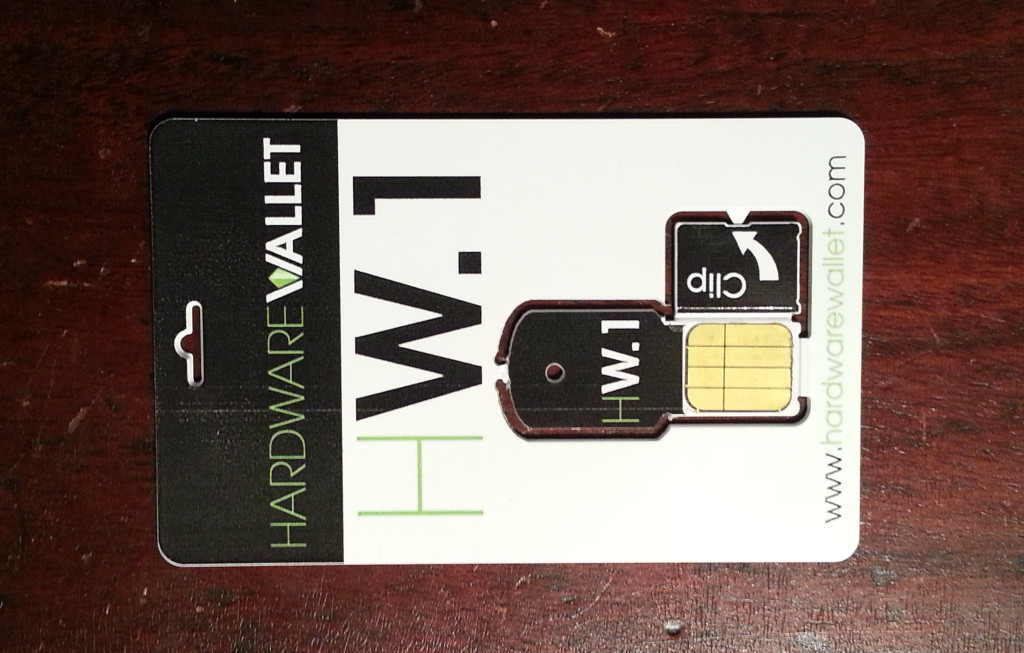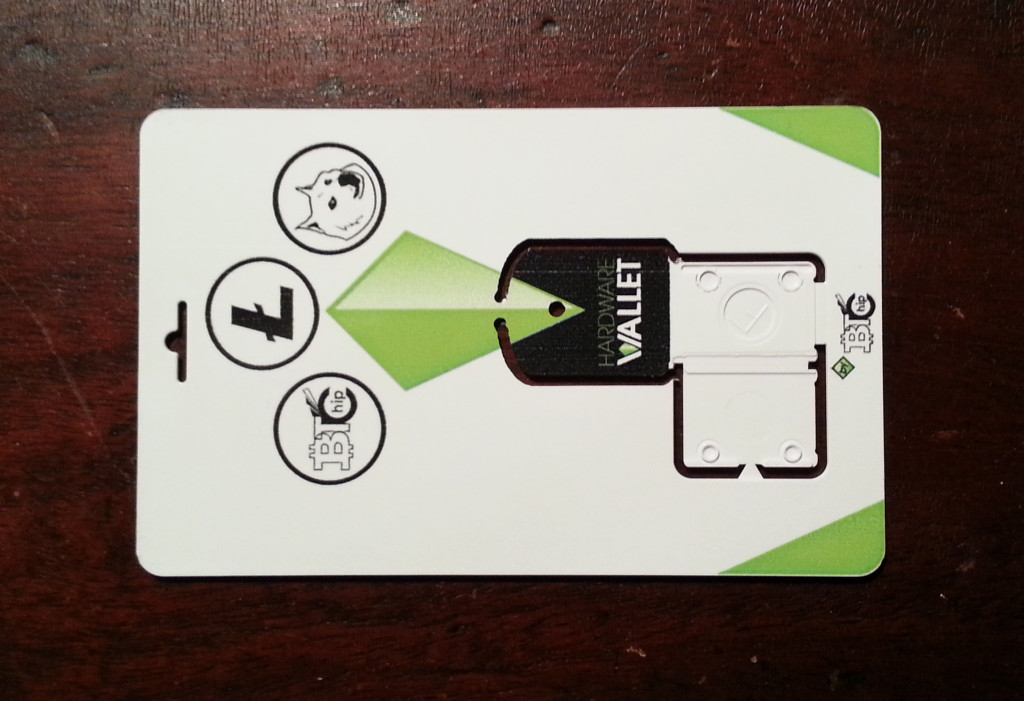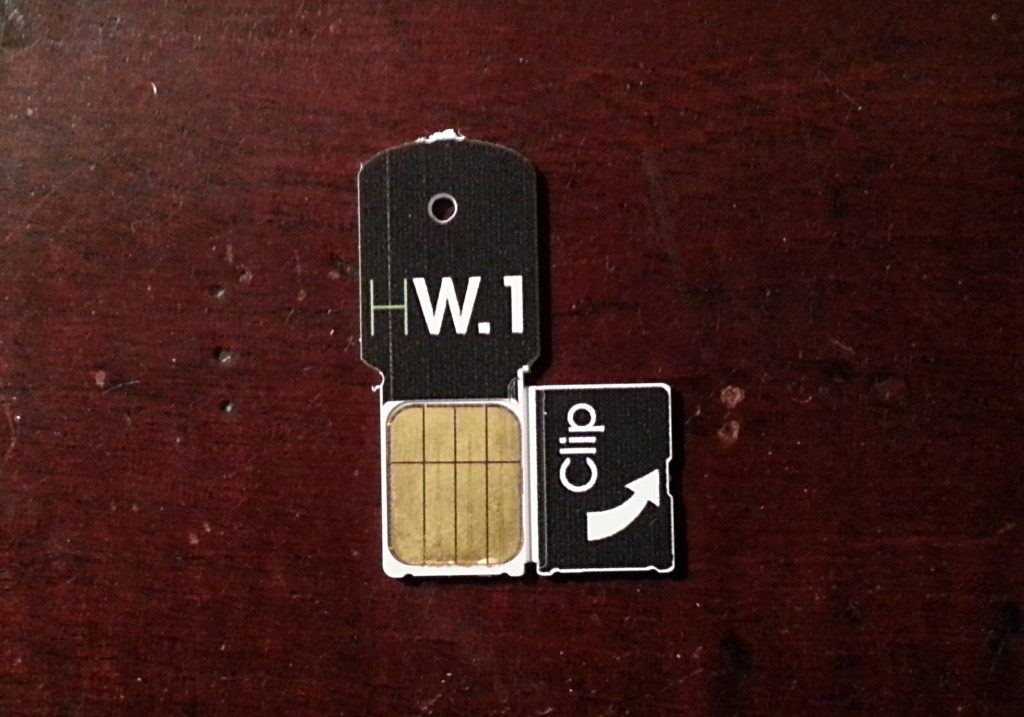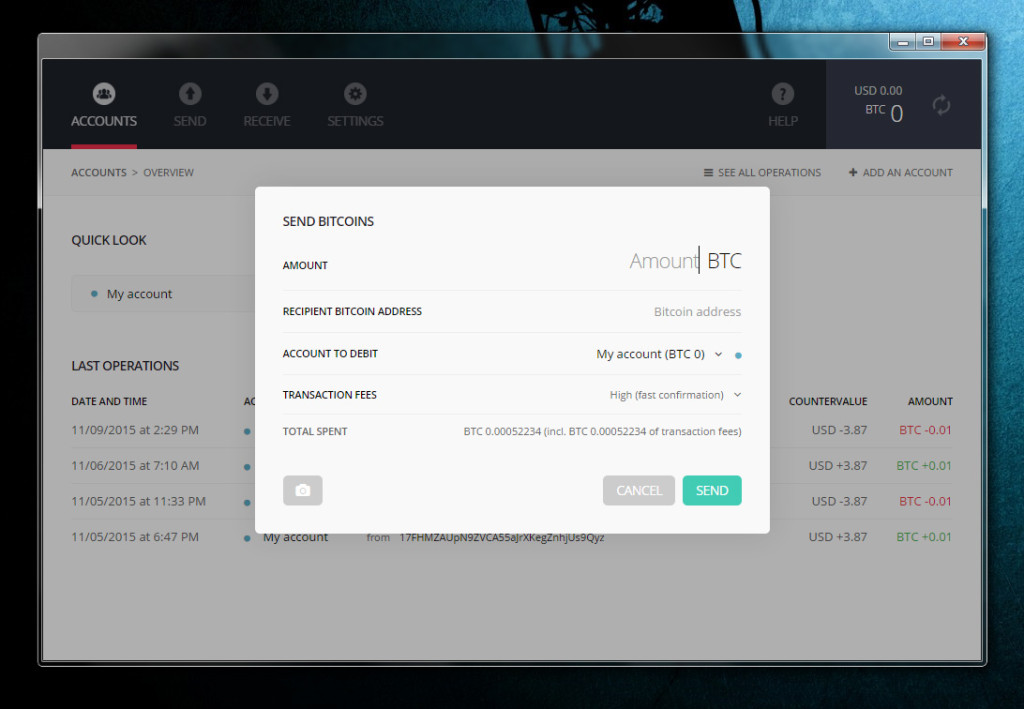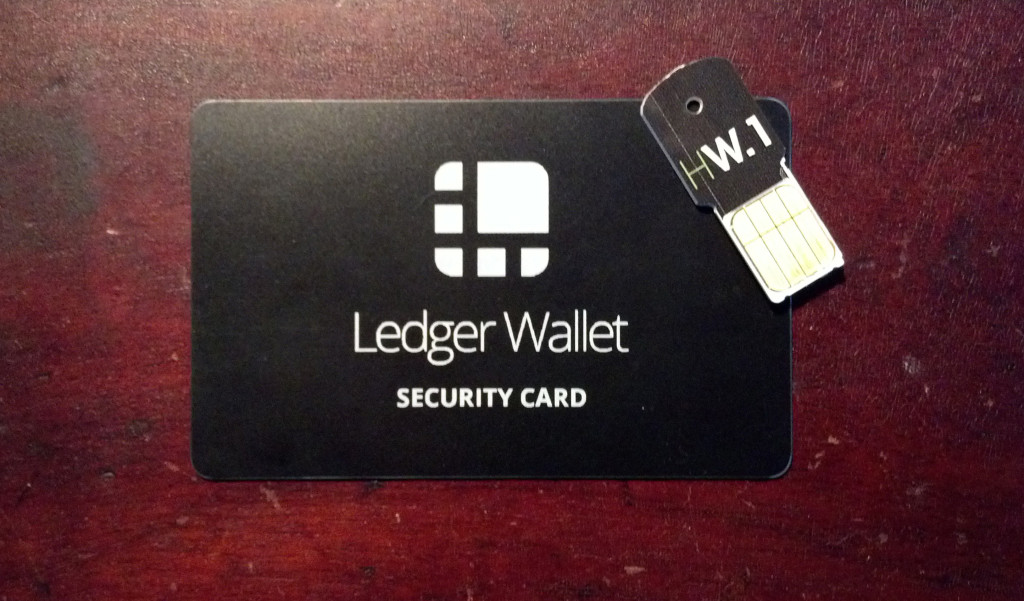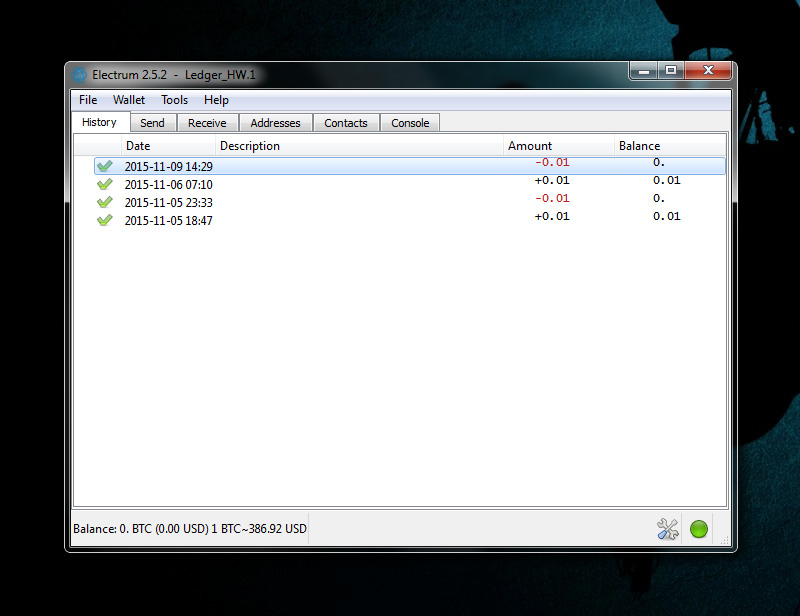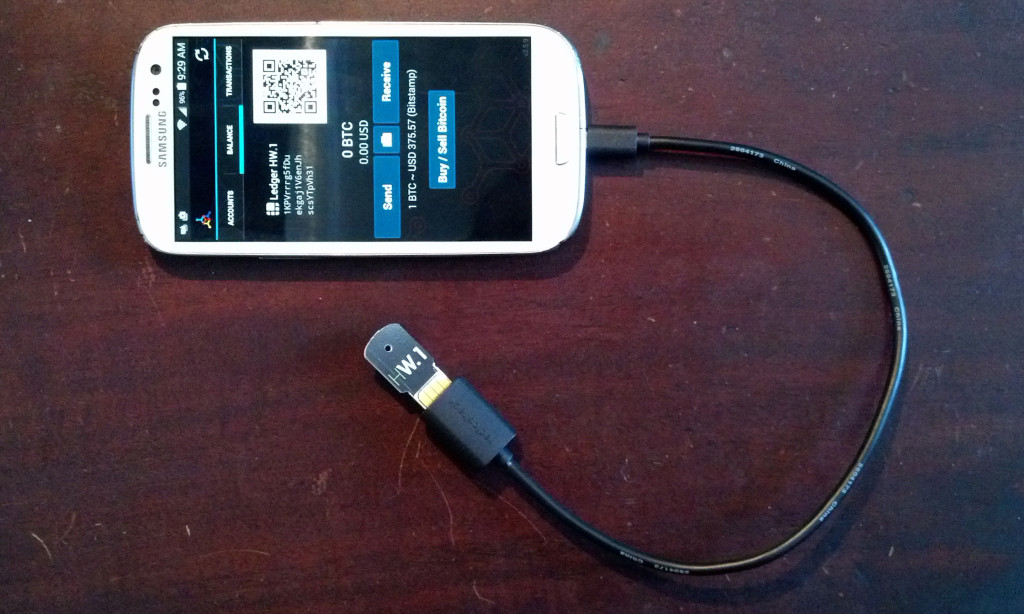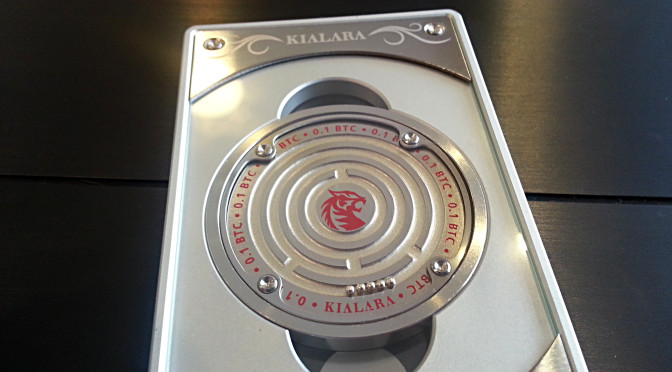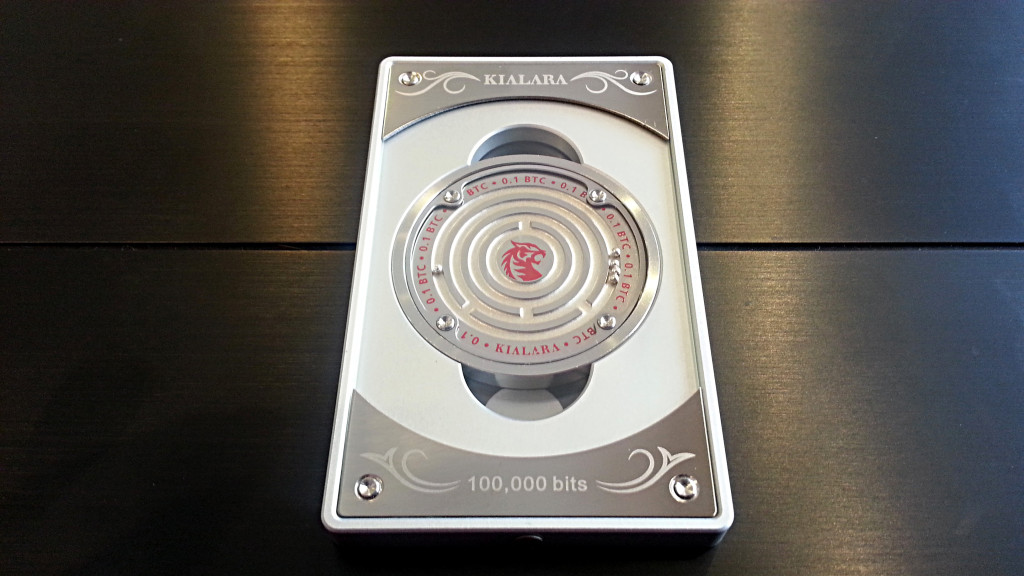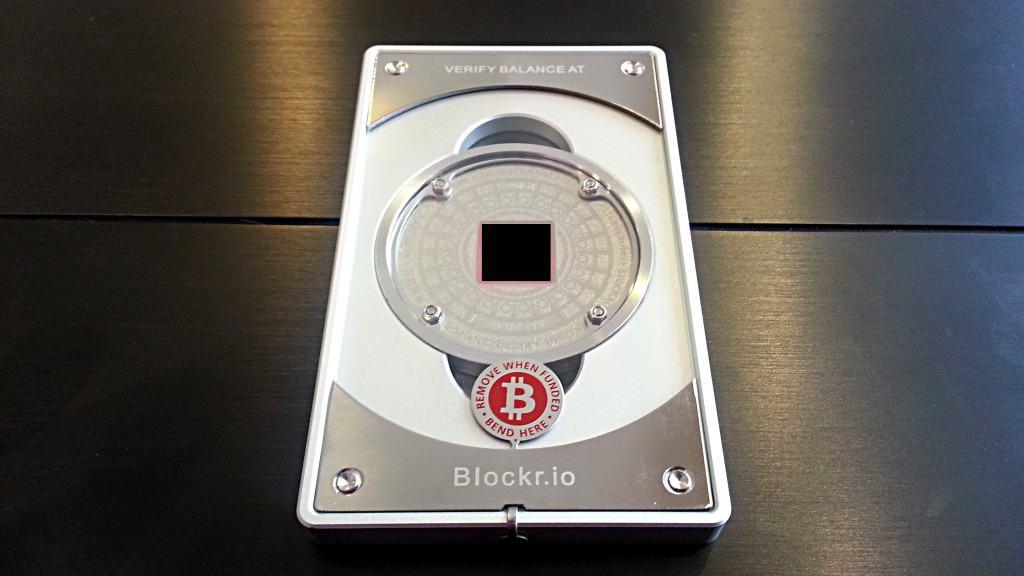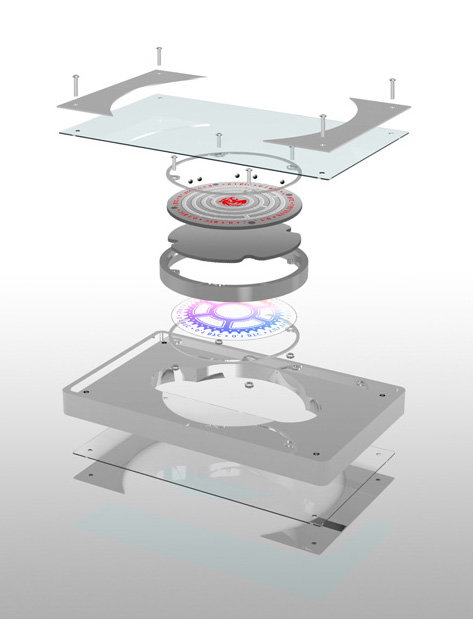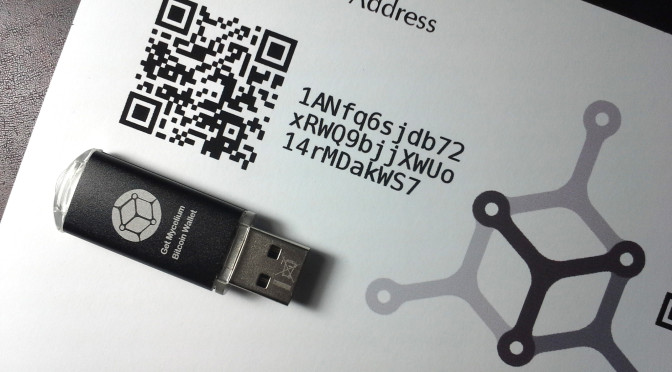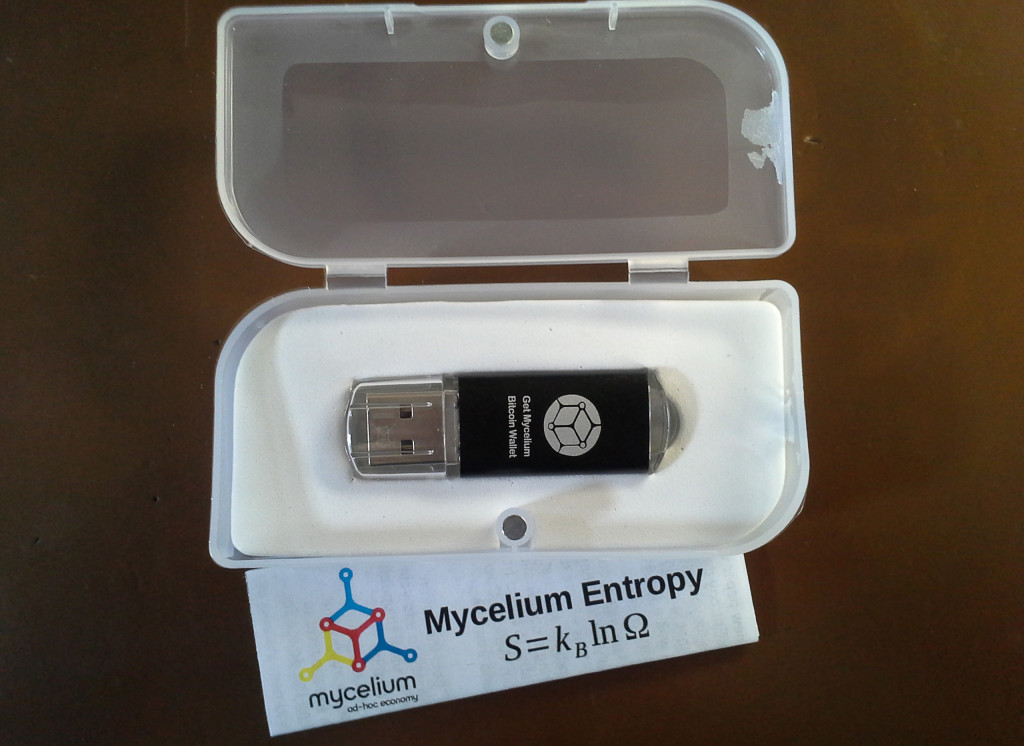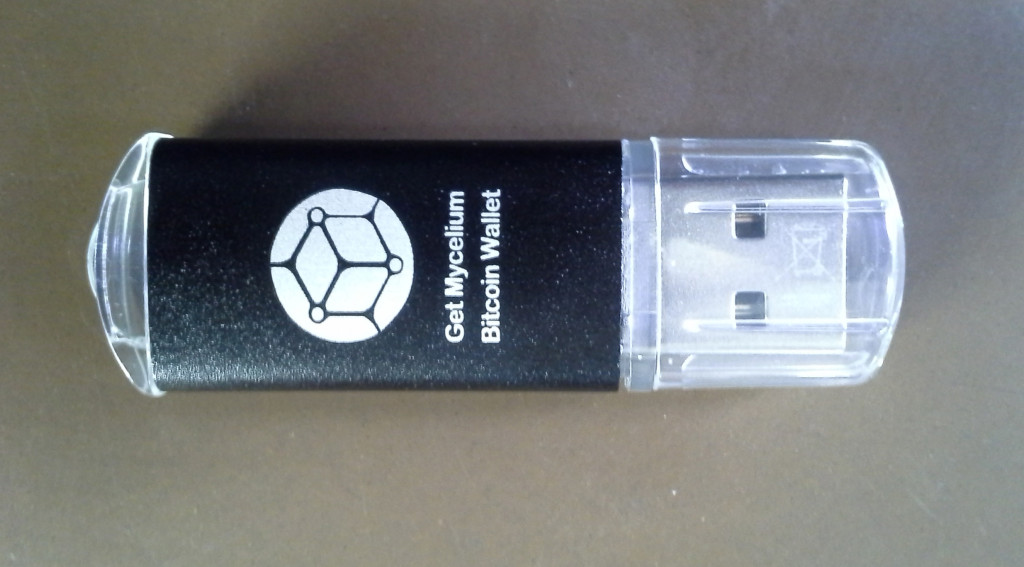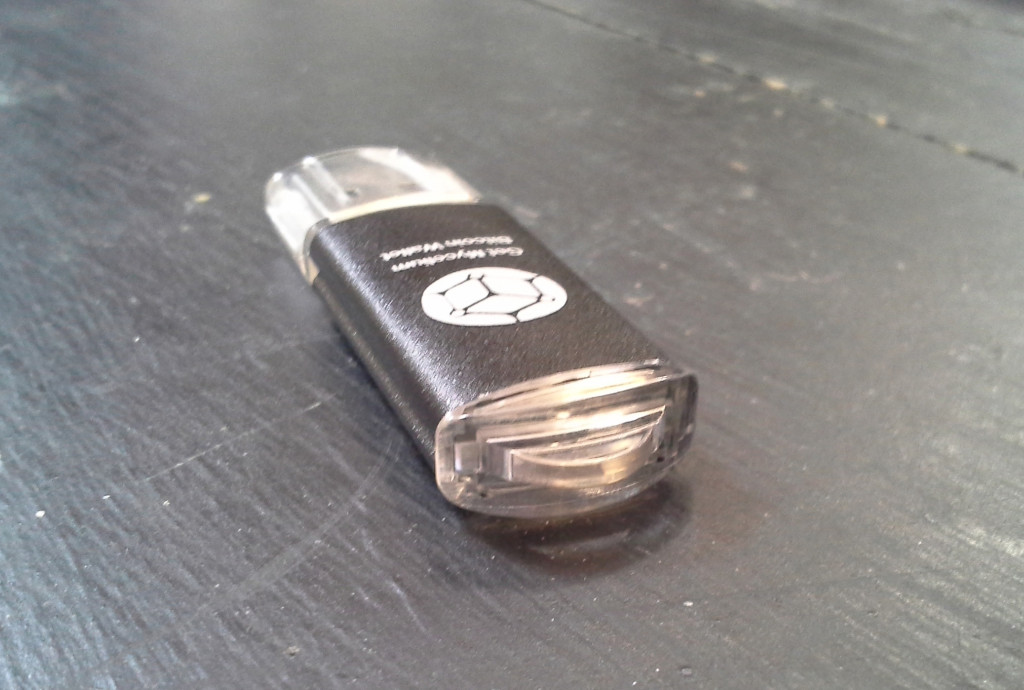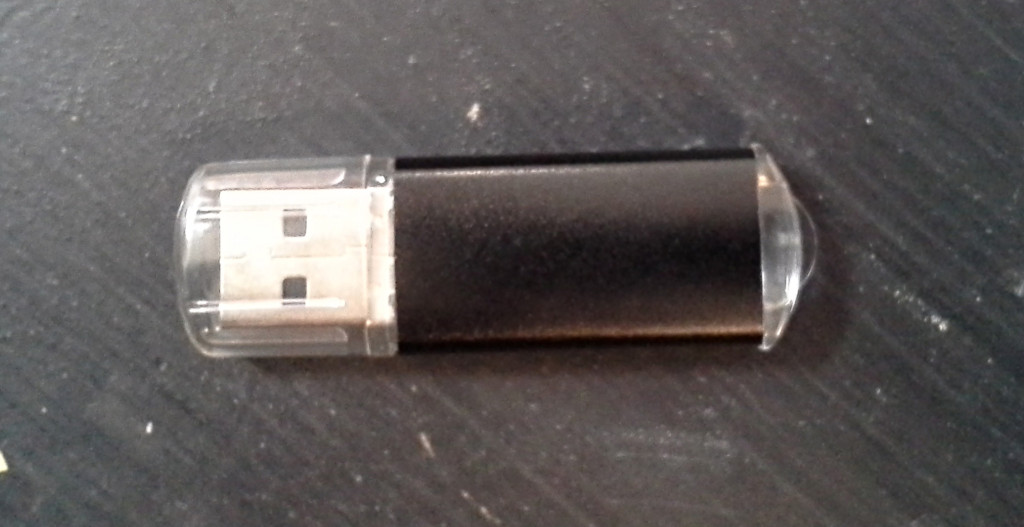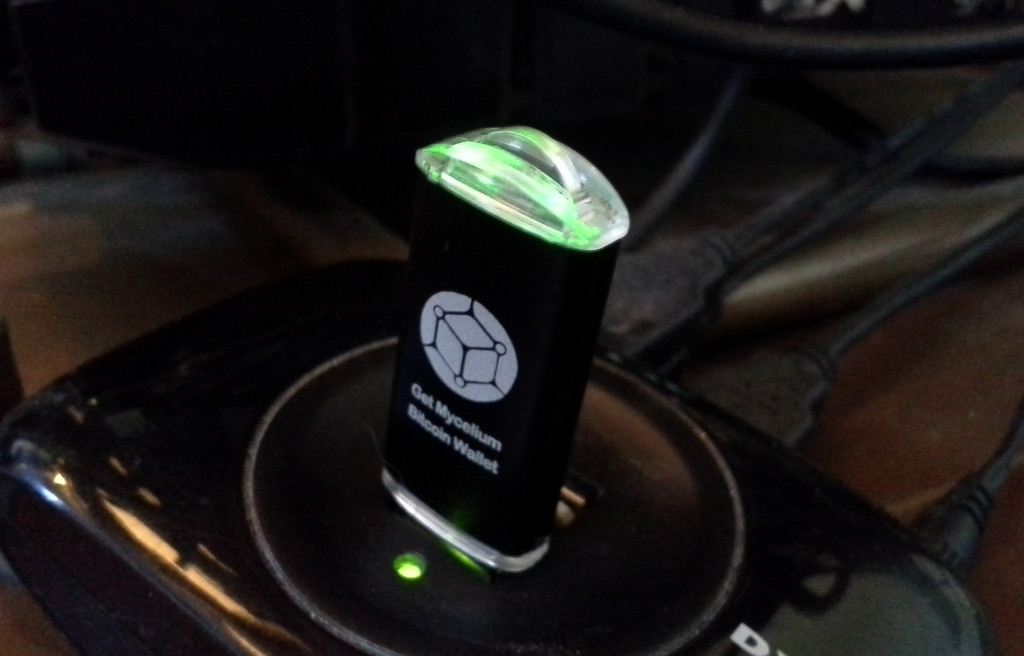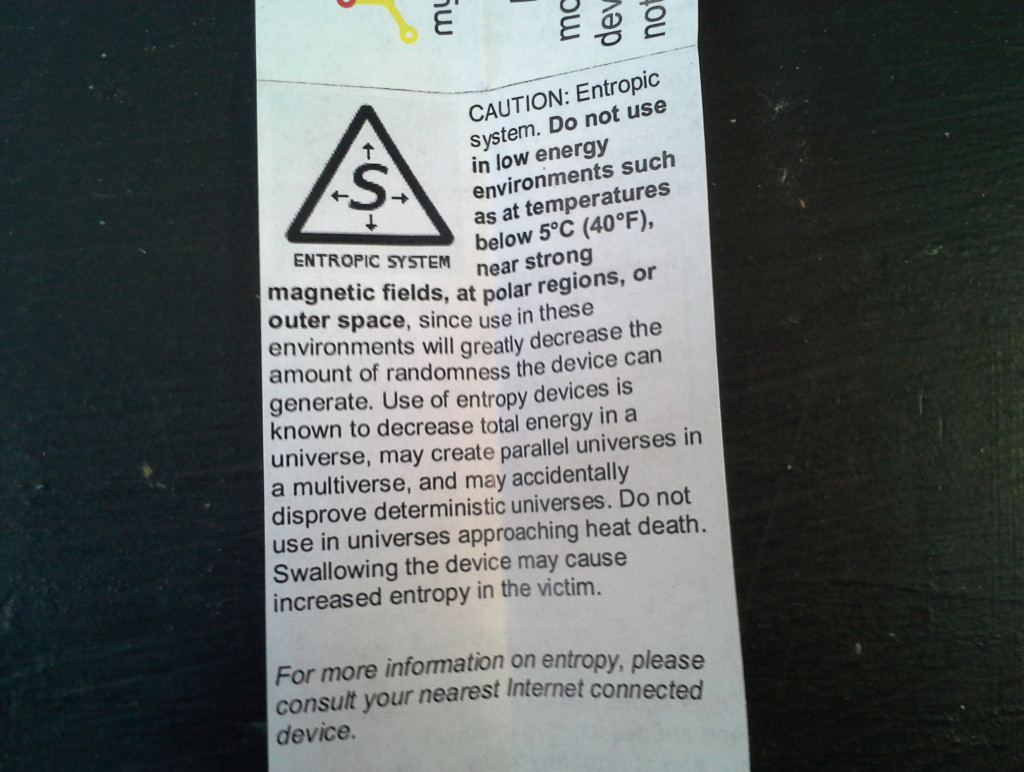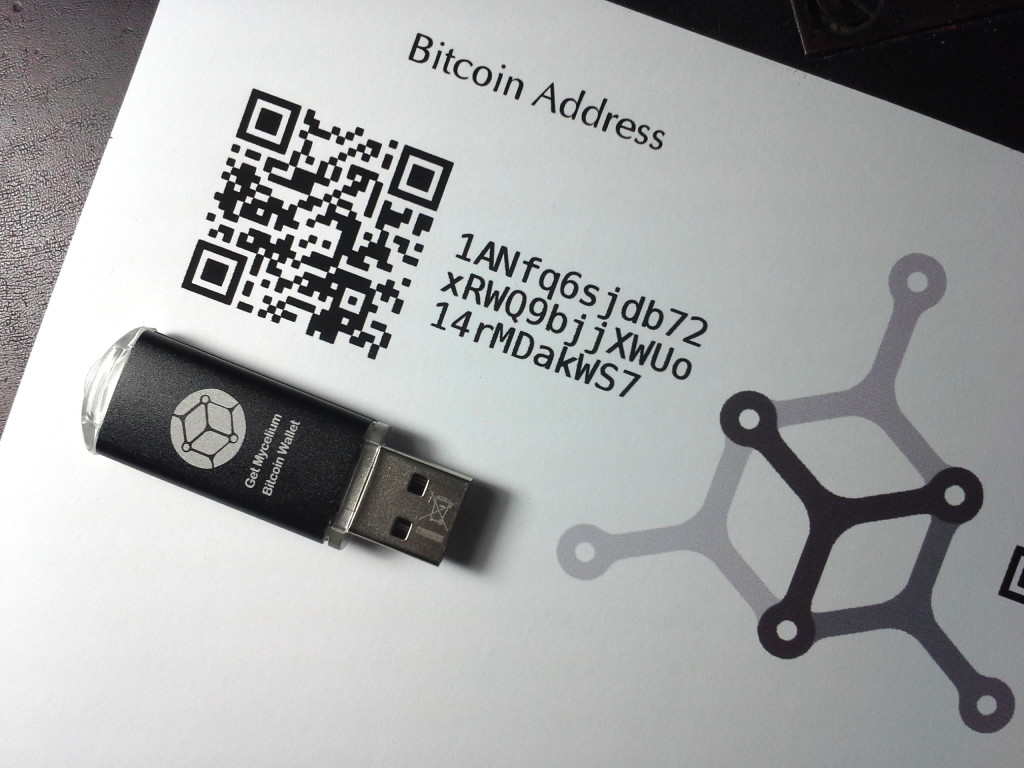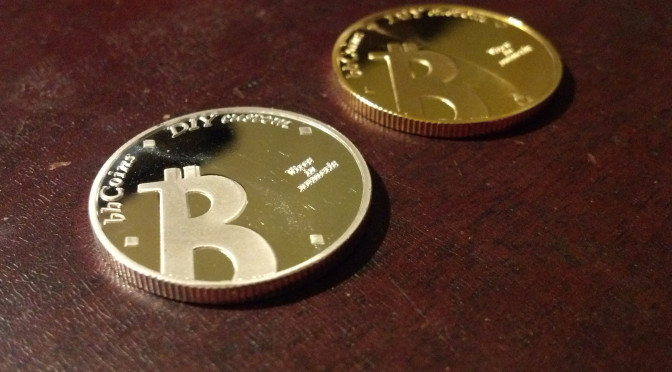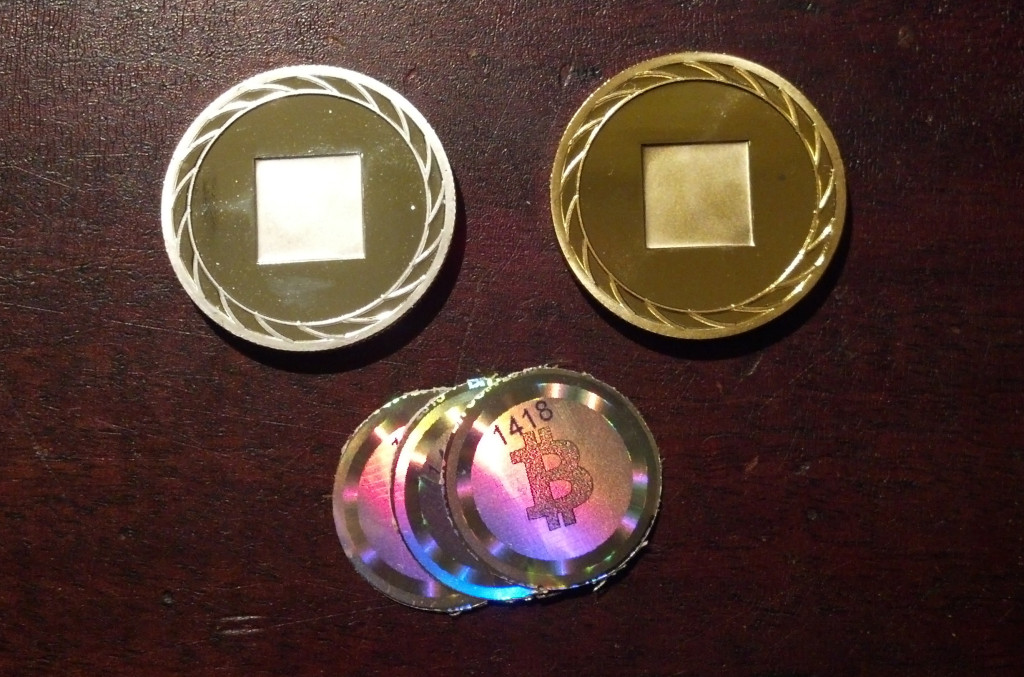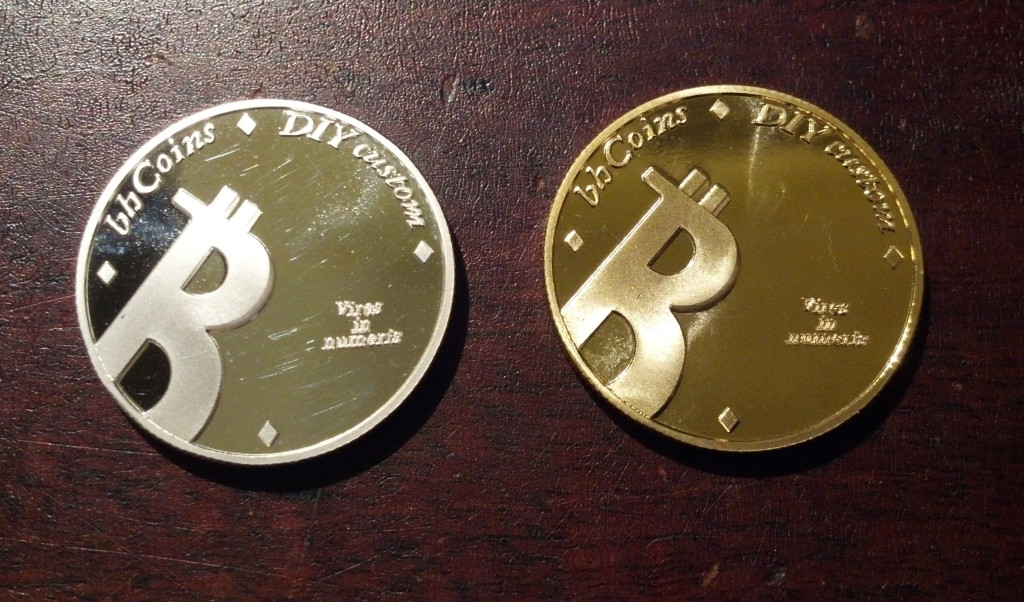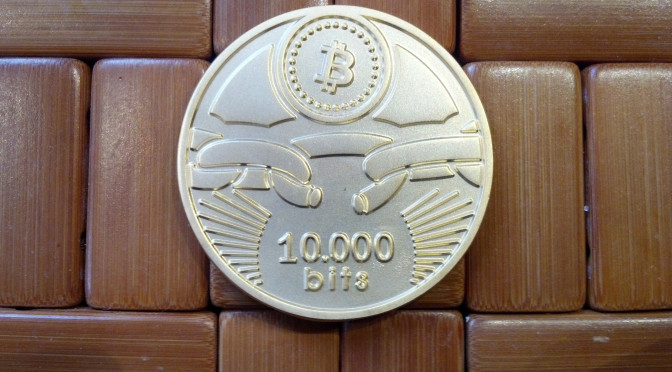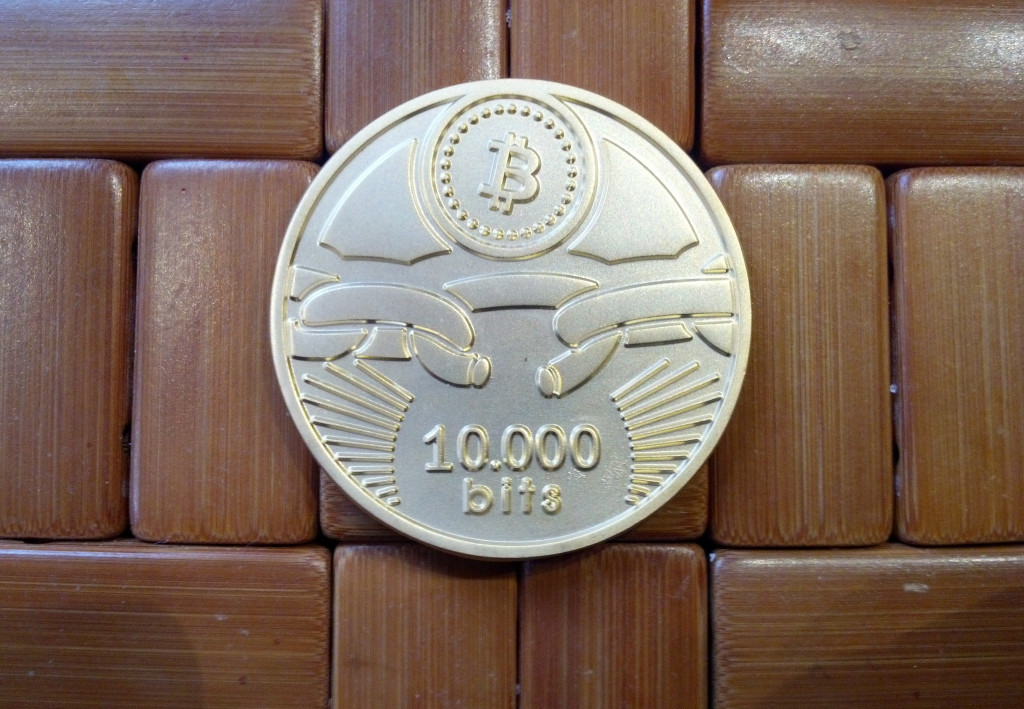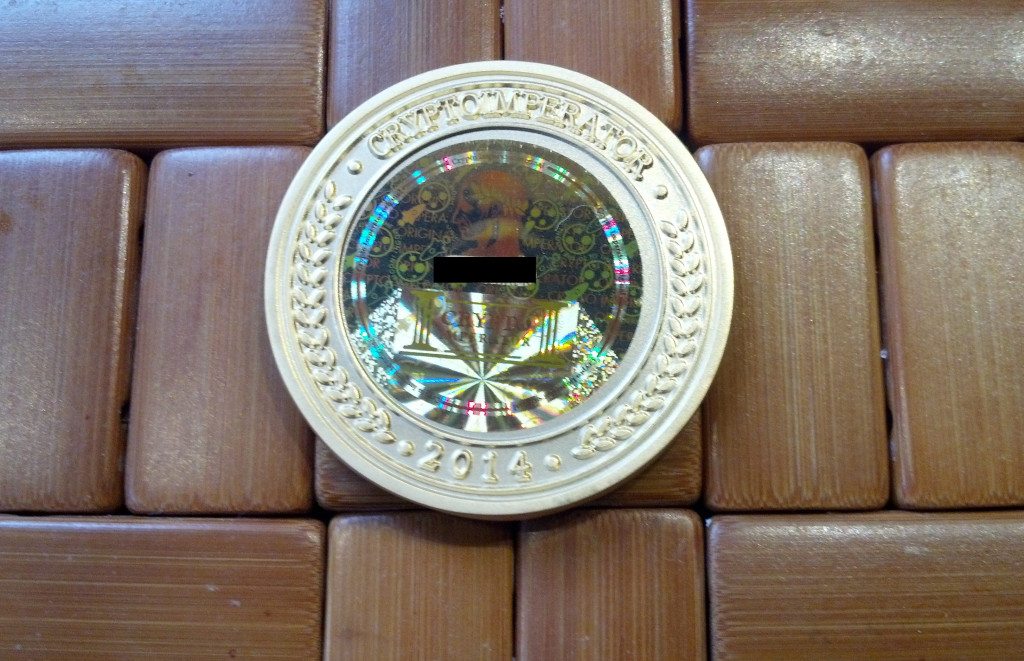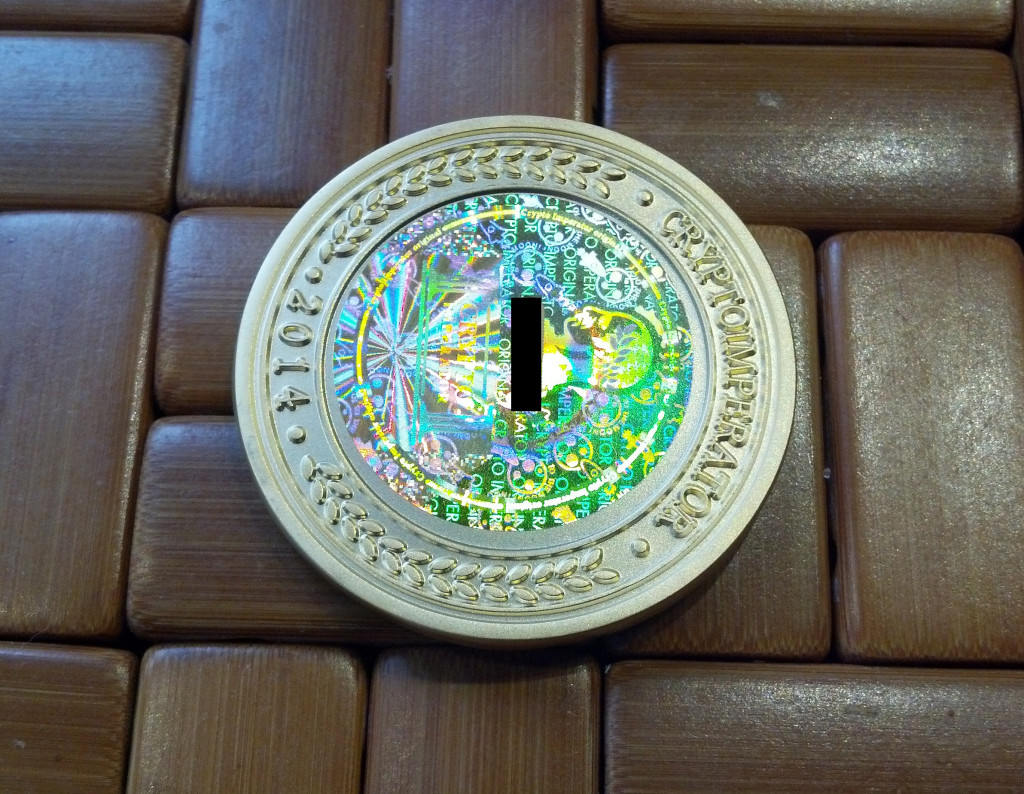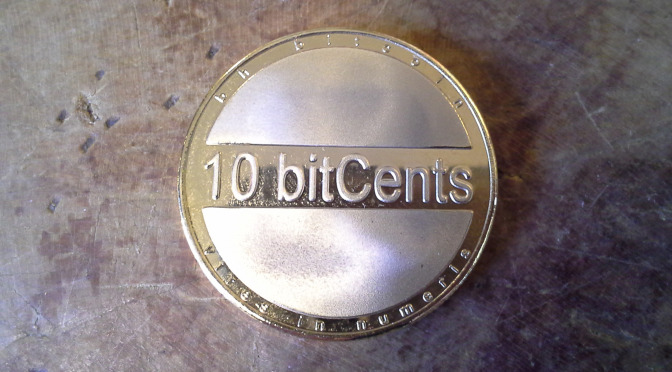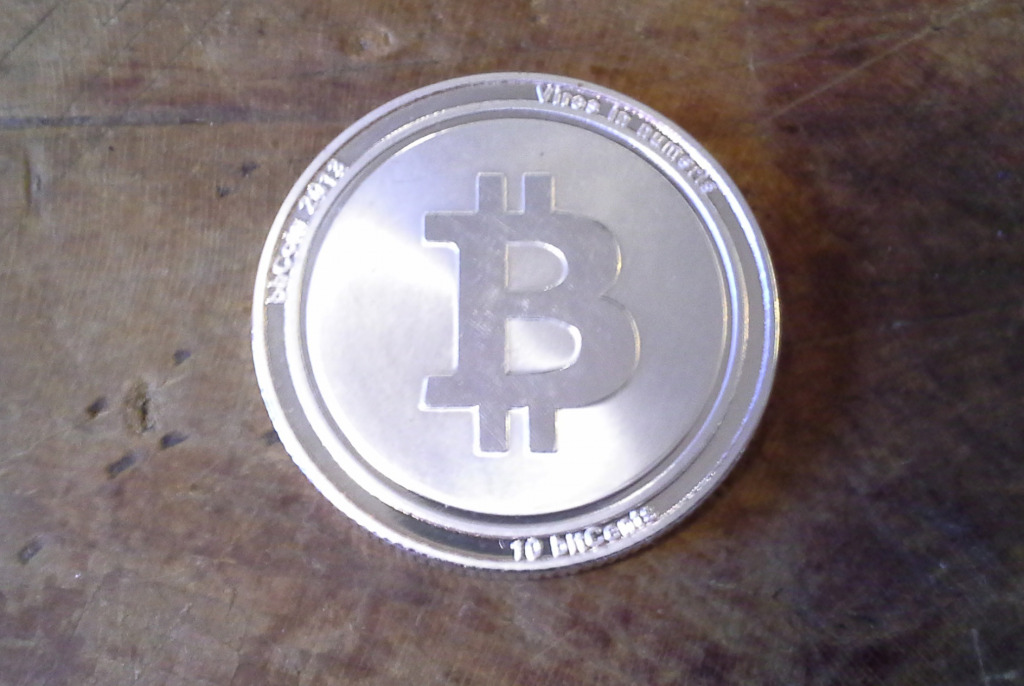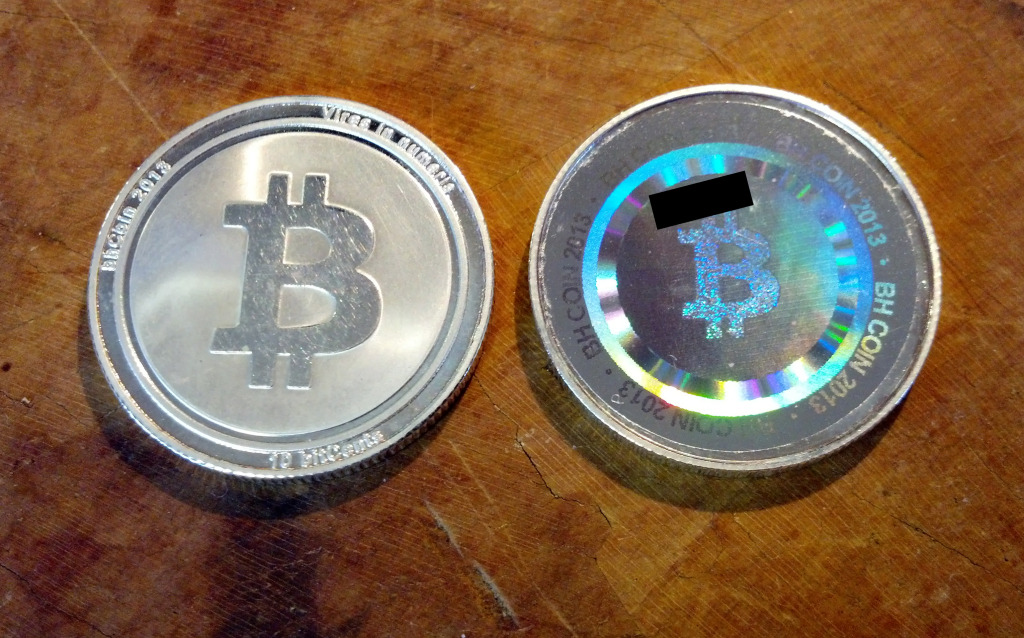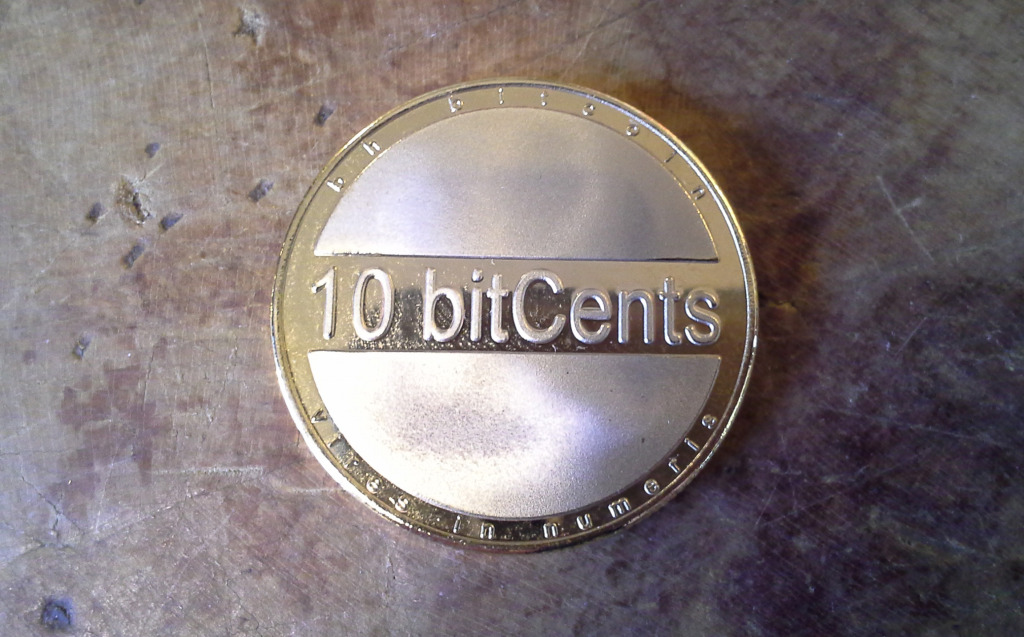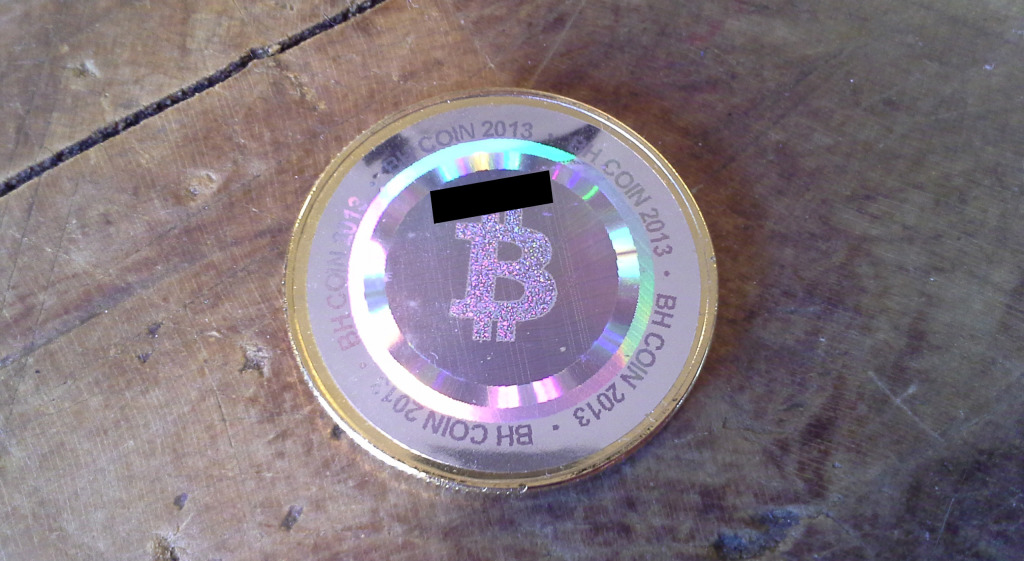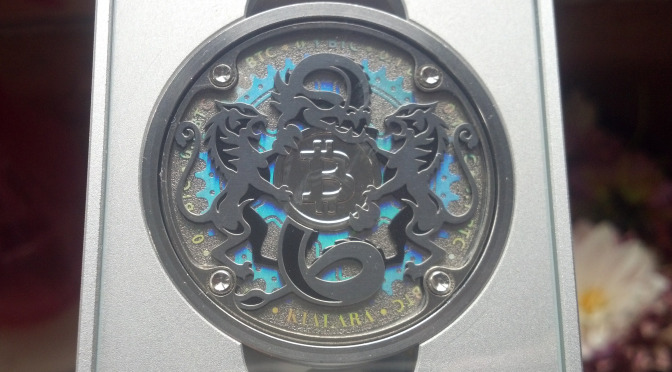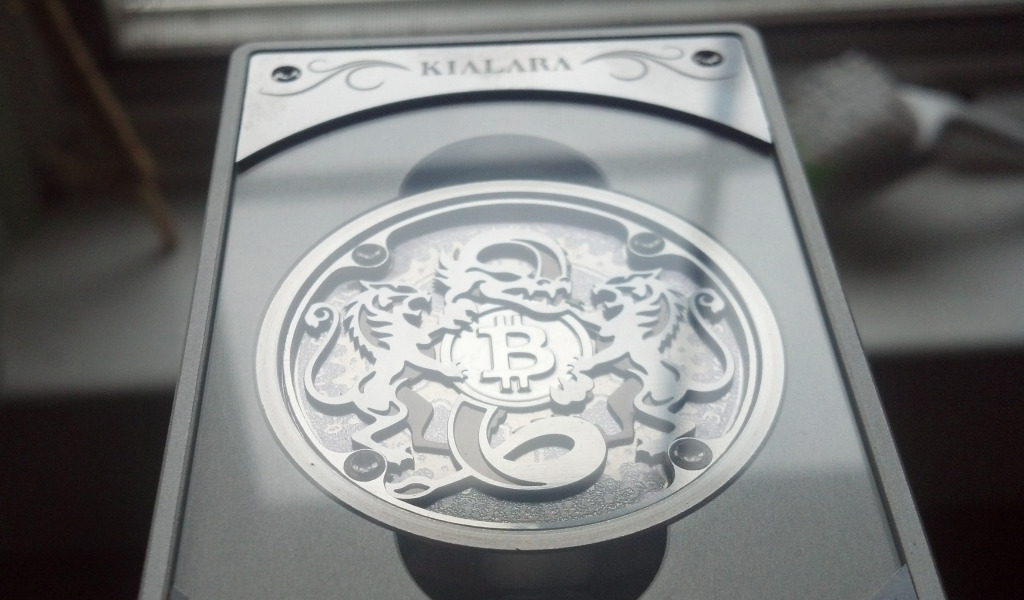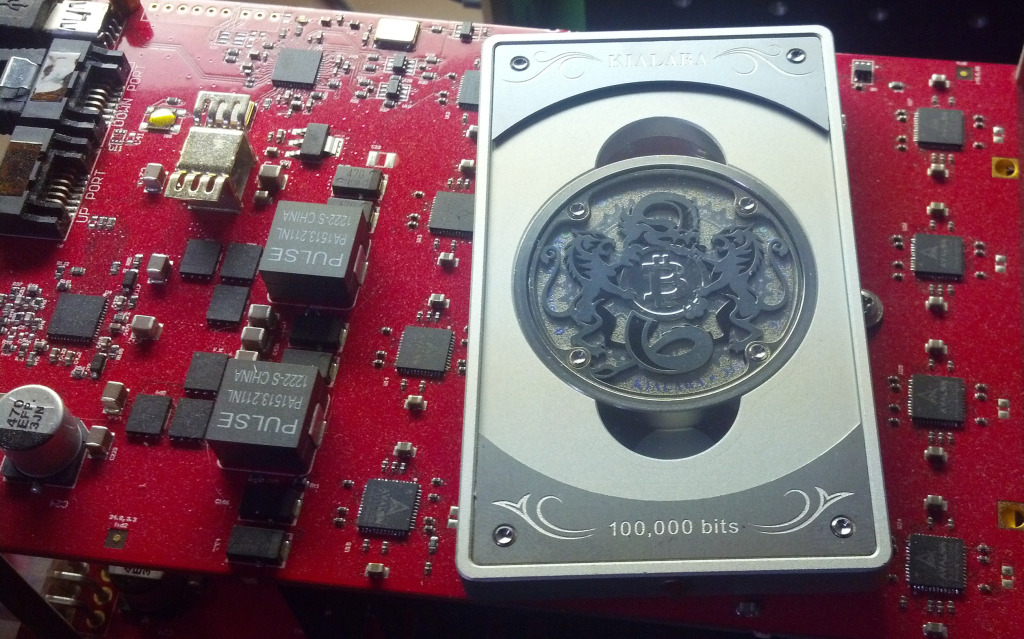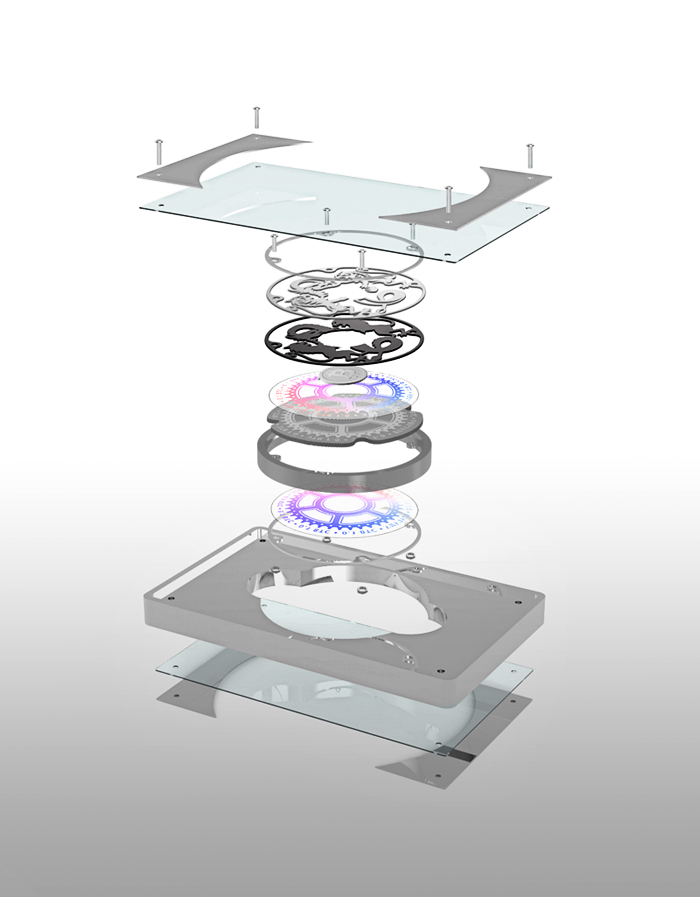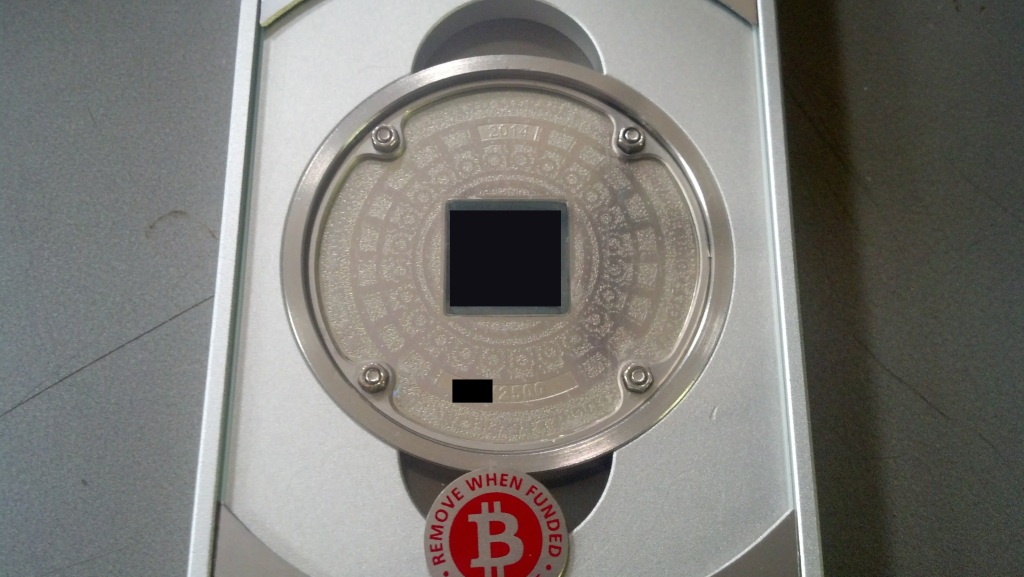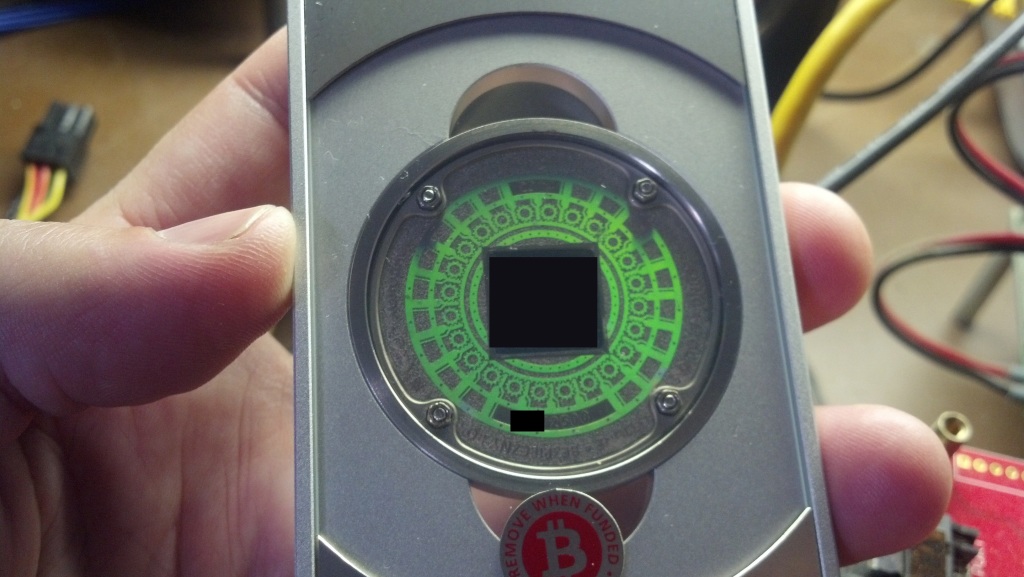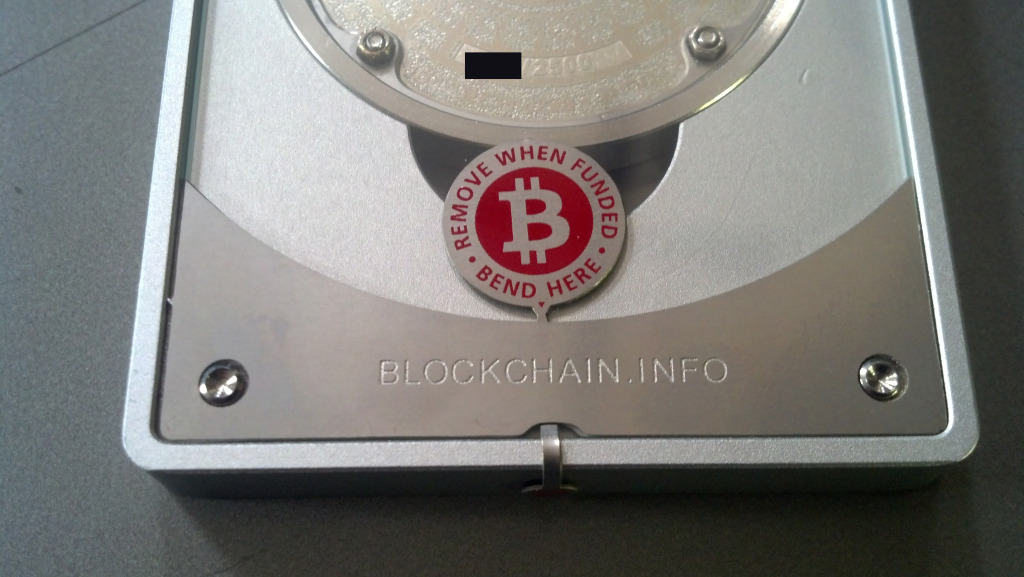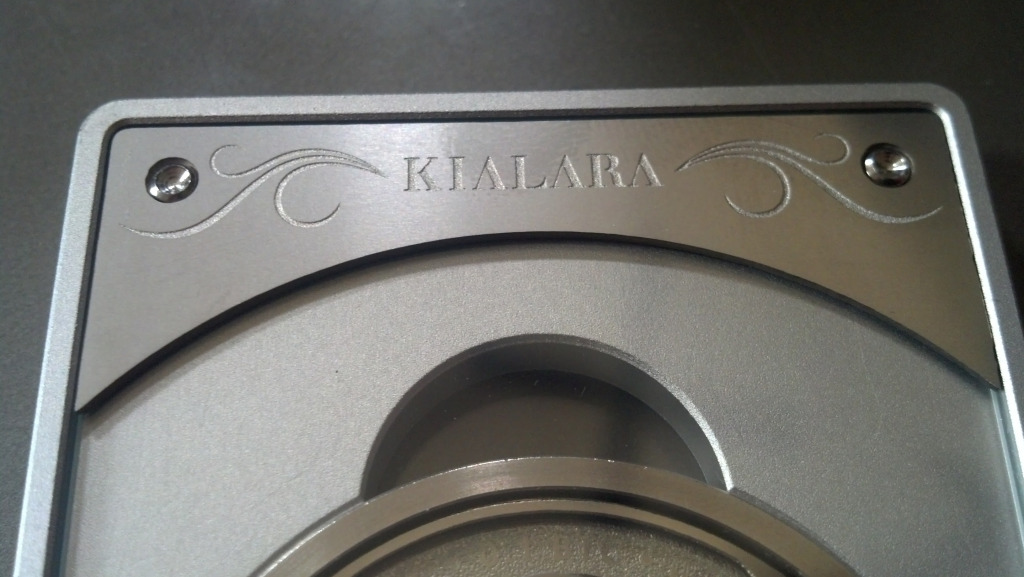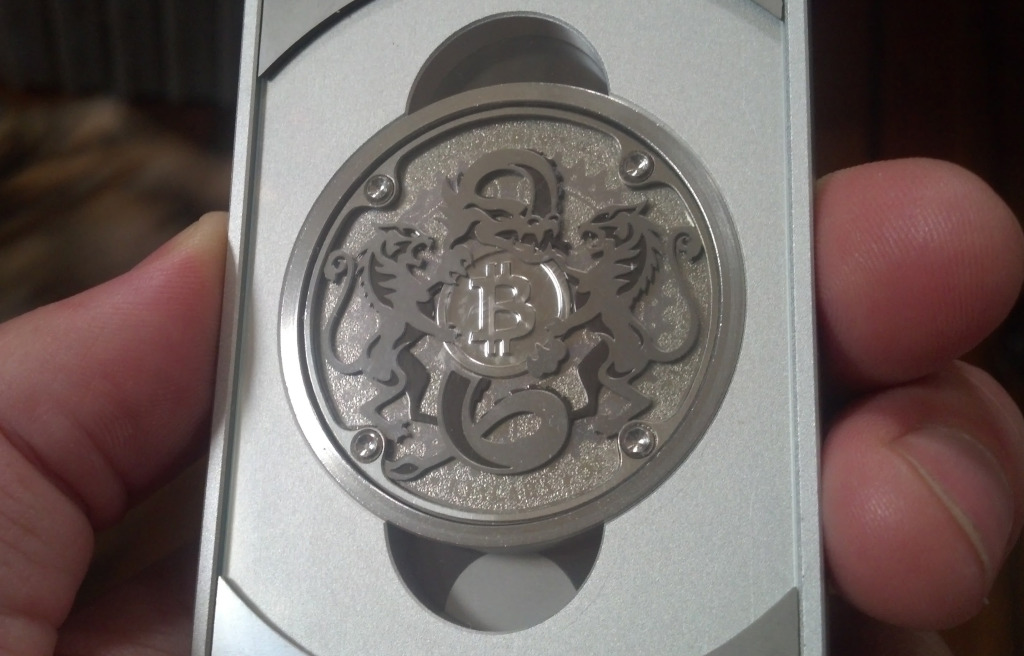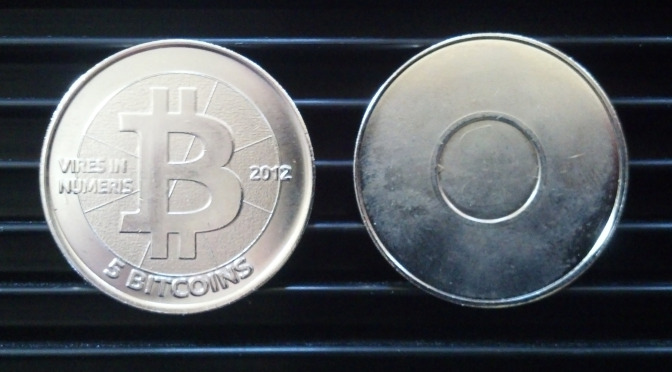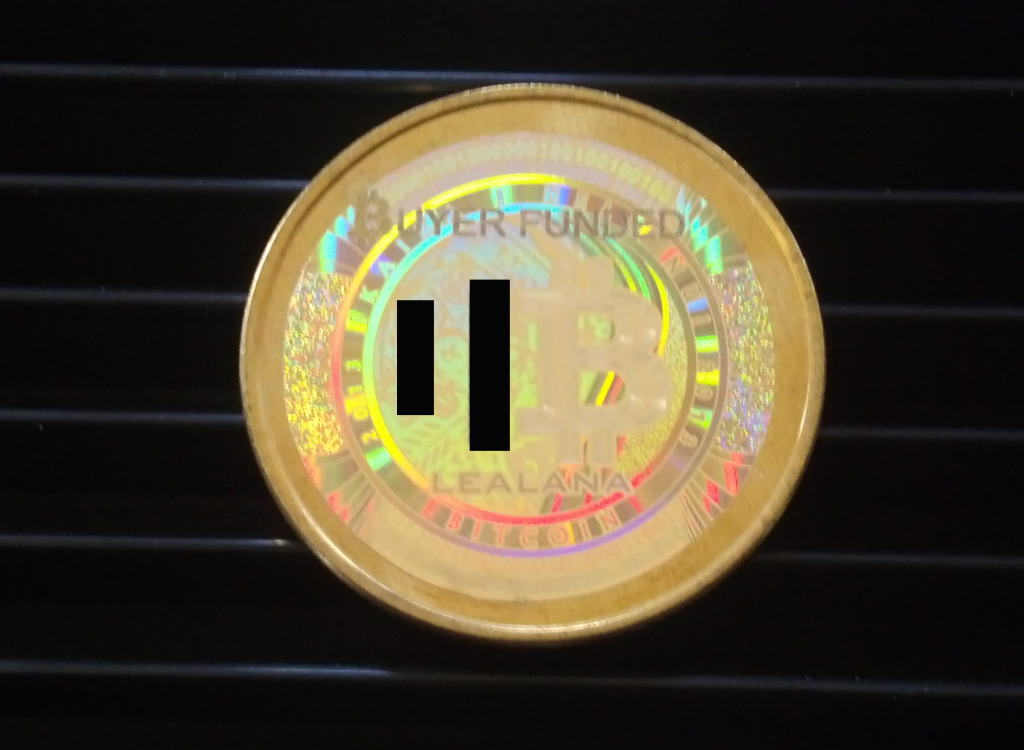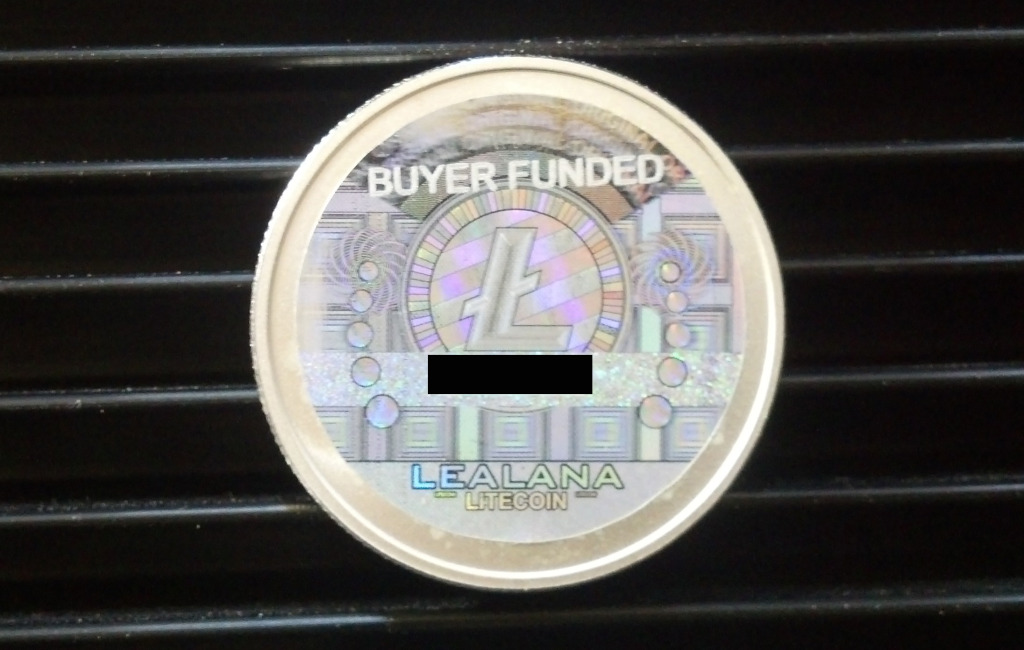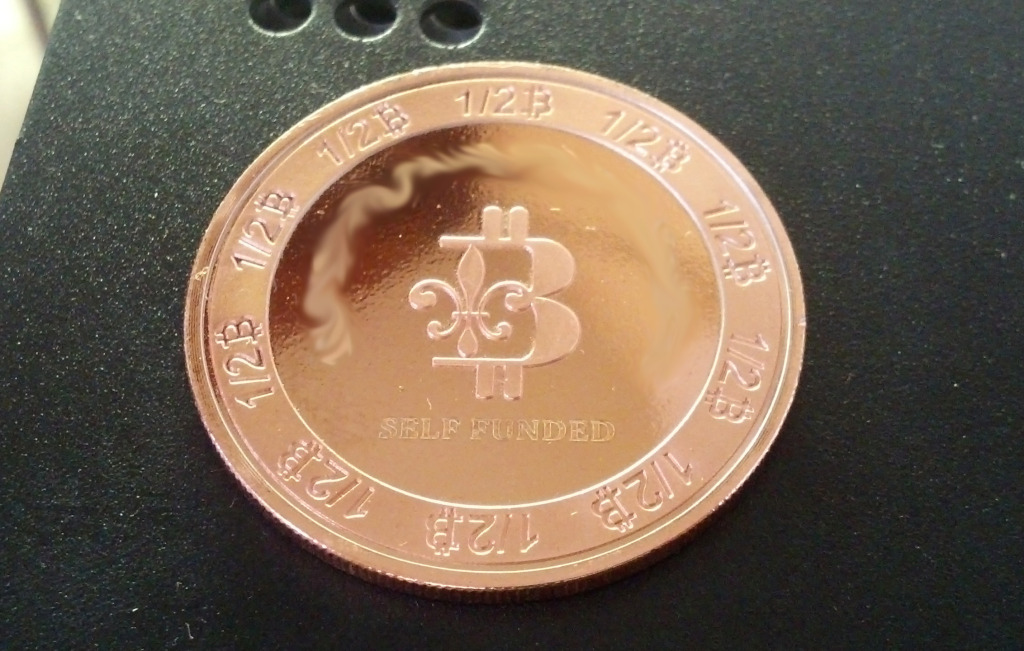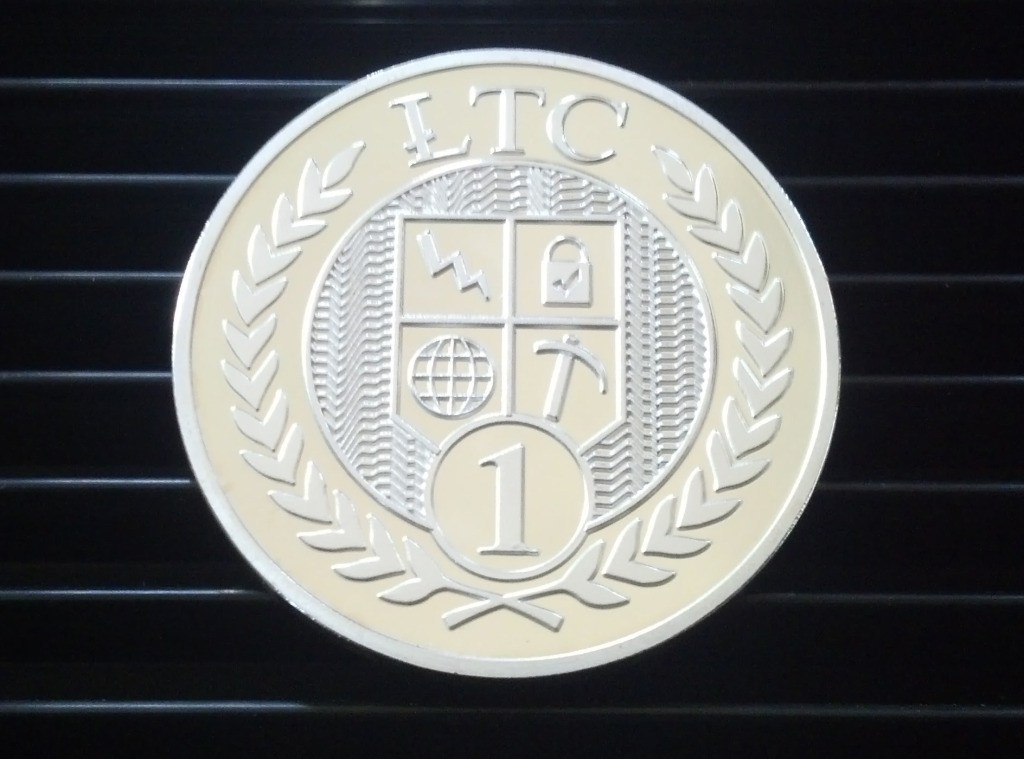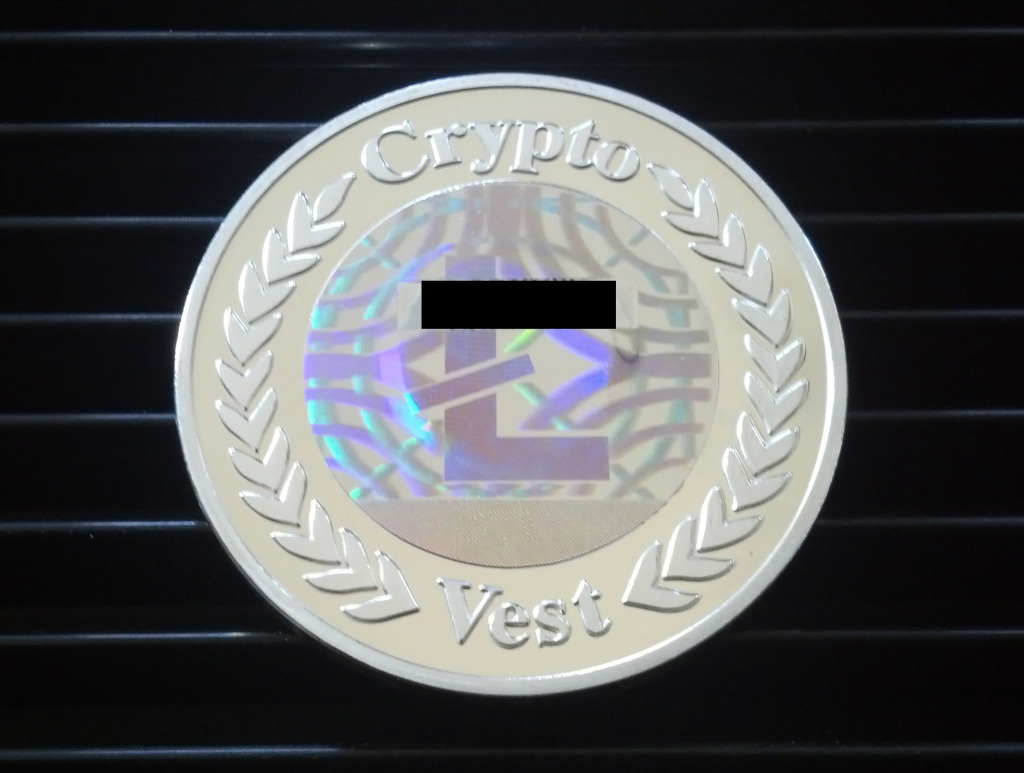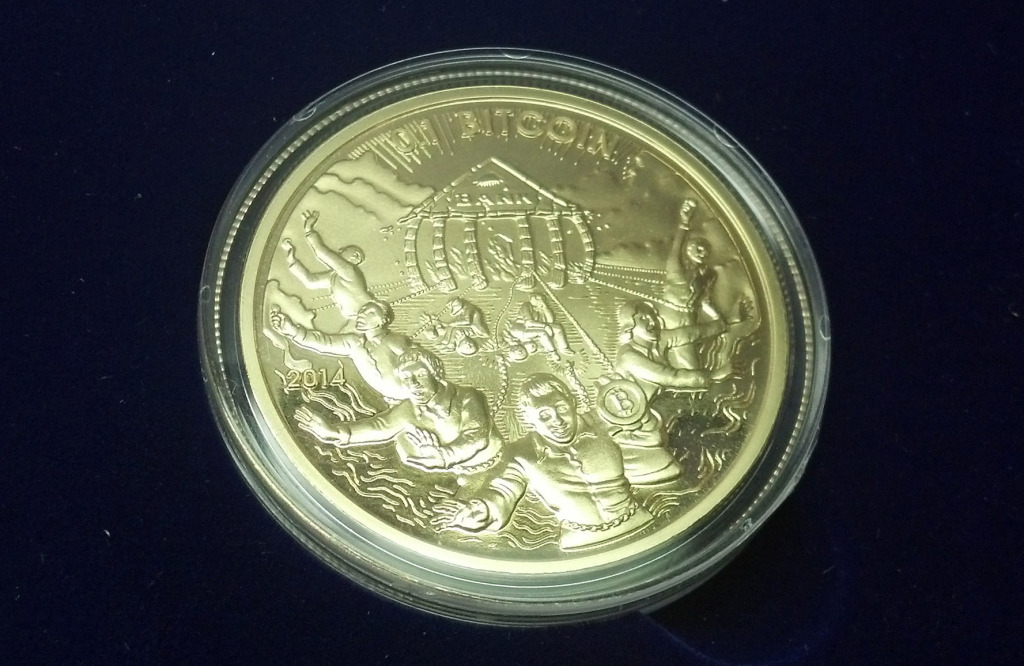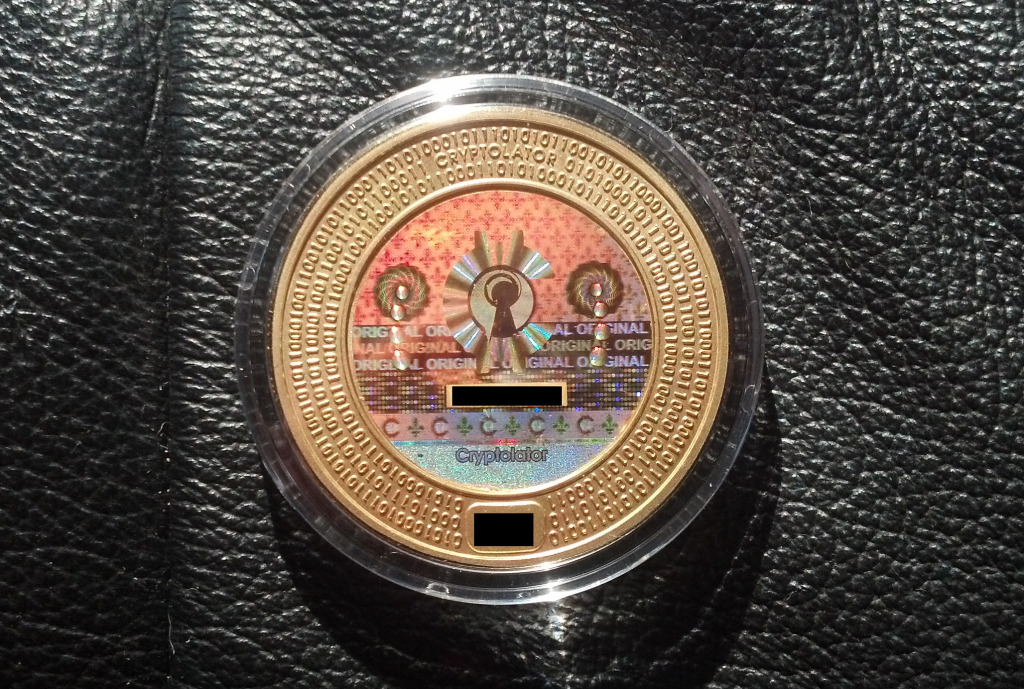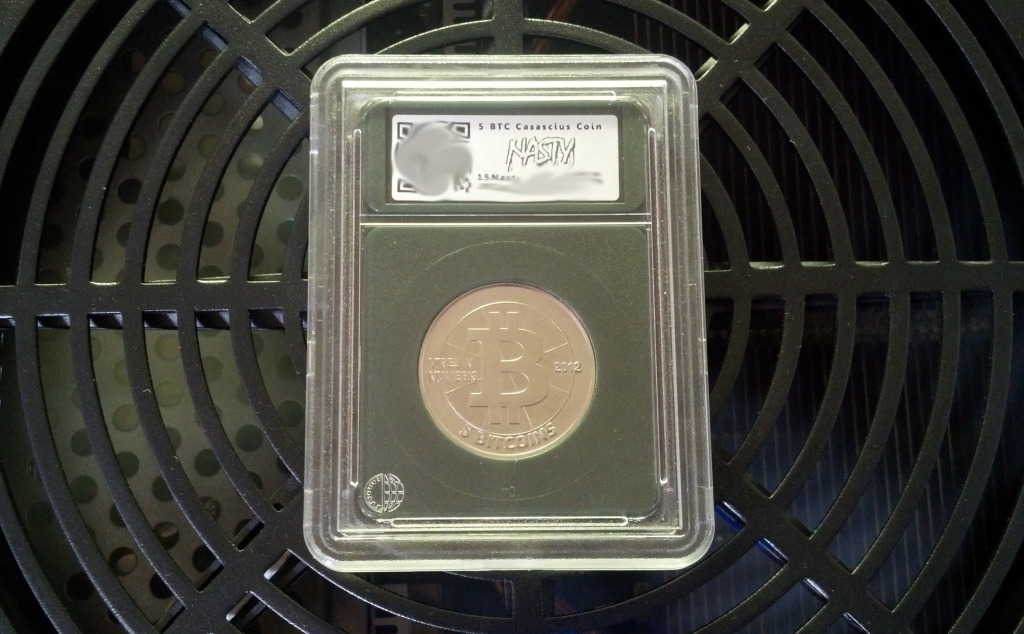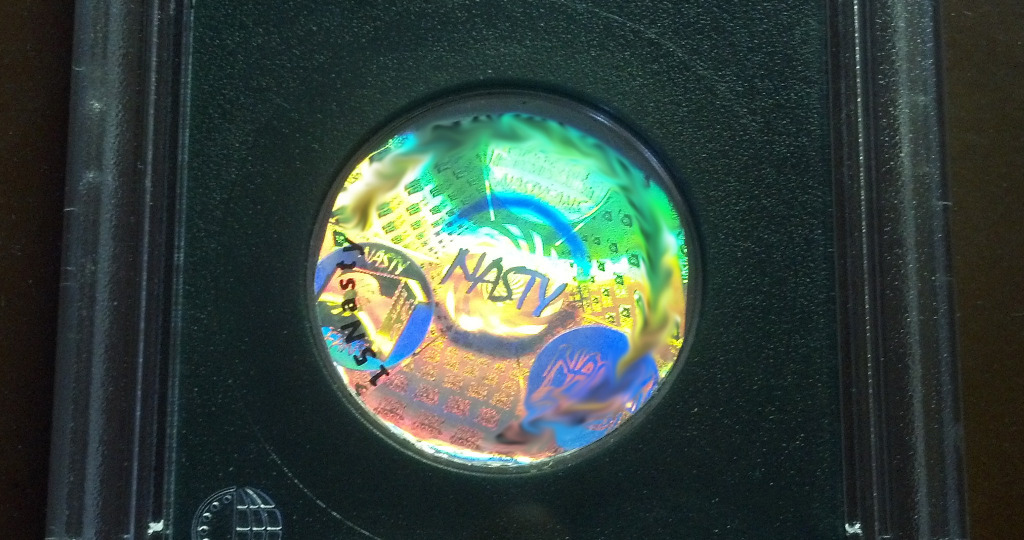Max Mellenbruch’s bitcoin cold storage art objects have all demonstrated exquisite quality and striking imagination, and his new Signature Series expands enthusiastically on both of those traits.
The first generation Kialara bitcoin cold storage wallet was like a fever dream combining a coin, a bar, a vault and a tiny machine into a package that was a delight to behold and a pleasure to handle. The second generation, the Kialara Labyrinth, built a delicate but confounding game into the heart of the coin, in the process creating an item that would be at home in the treasure room of a Tsar. Both kept their private keys locked deep inside under multiple layers of tamper-resistant engineering.
The Kialara Signature Series is more in the cold storage DIY school, in that they contain no pre-generated keys. This puts control of the wallet wholly in the hands of the user, as you may generate your own keys with whatever security precautions seem appropriate to you, then seal them inside yourself.
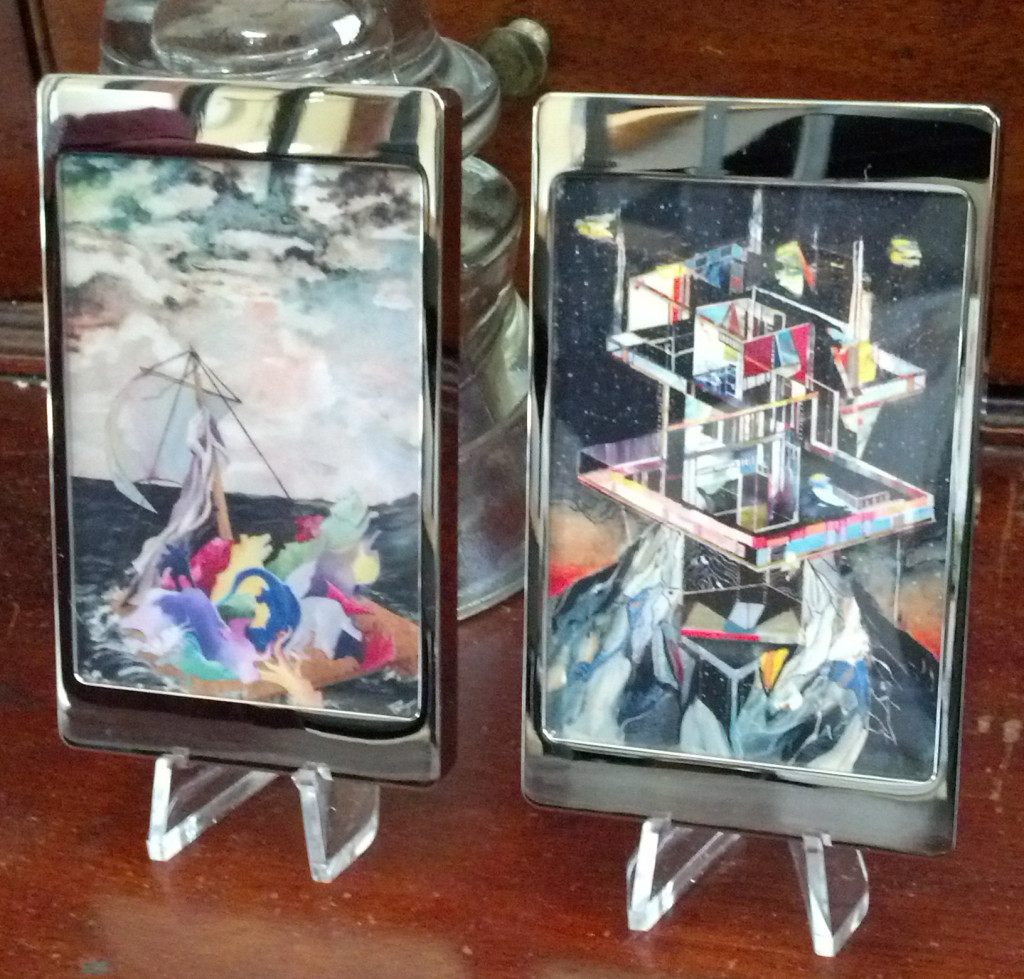
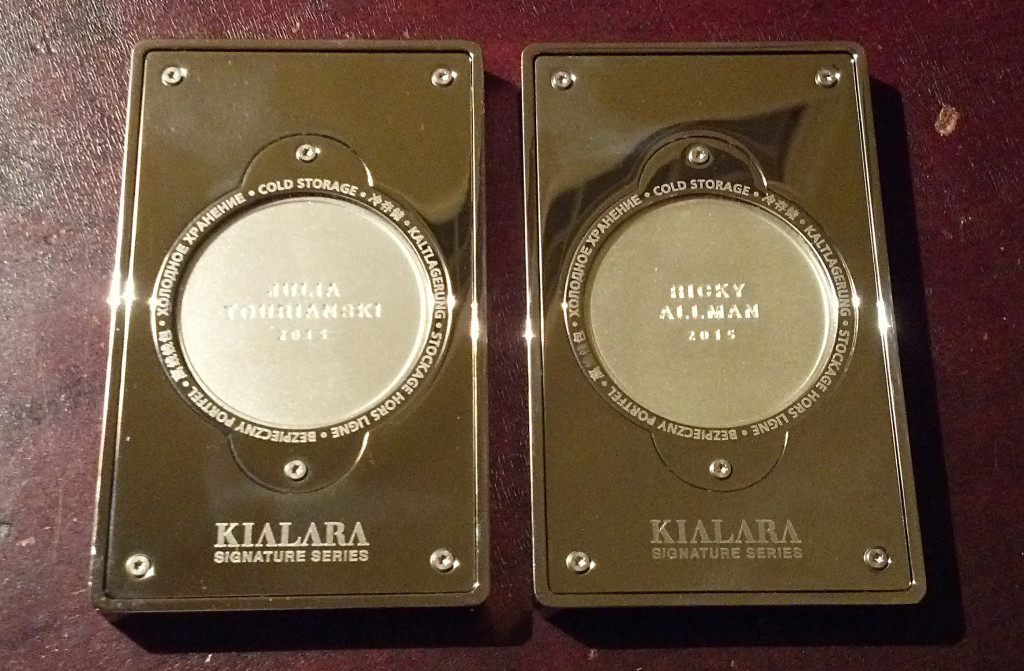
The new offerings are also a departure in their style. While the designs of Mellenbruch’s previous wallets sprung wholly from his own mind, this time around he brought some friends — there are two different versions in the Signature Series so far, and each one features the artwork of a different artist.
Mellenbruch approached two artists he admired and asked them if they’d each create an original work interpreting Bitcoin in their own way. The results were then reproduced in limited editions of 500 on museum quality archival card stock, sealed behind tempered glass and framed by mirror-polished stainless steel.
The results are stunning. For one thing, these are by far the shiniest things I own. I can’t even figure out how to photograph them, since the frames just reflect the world around them as if they’re powering up a stealth field, or bending light around them like small rectangular singularities.
They are also heavy as heck. I don’t want to give away Mellenbruch’s secrets, but he obviously knows that quality is supposed to have a certain weight. Although these are made of steel, glass, and silver, upon first handling they seem startlingly dense, as if you’re handling an exotic element like gold or mercury.
Locked inside the heart of each one is a medallion containing one pure ounce of .999 pure silver, naturally, with a square indentation in which the user may inset their private key. It’s elegance incarnate.
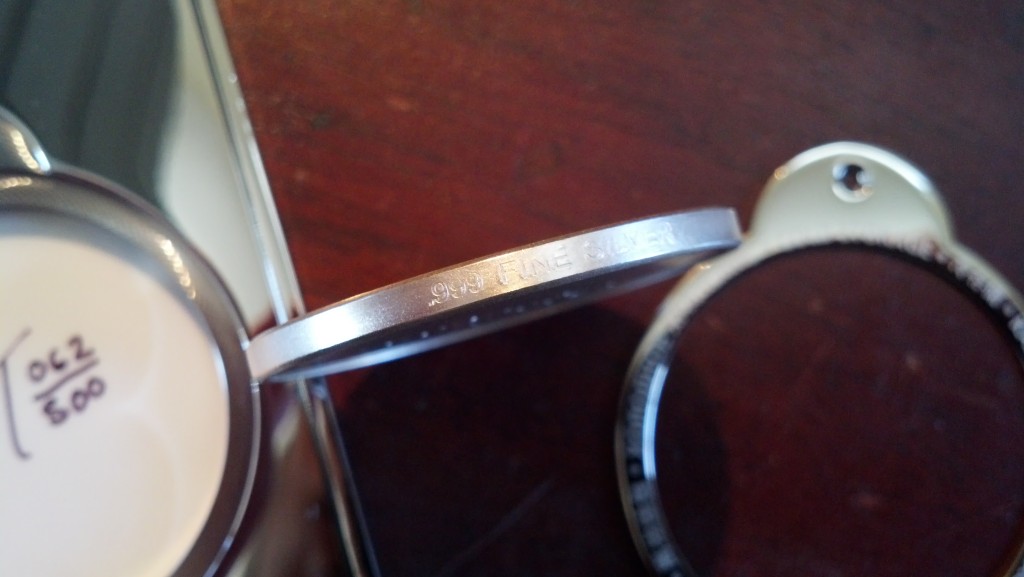
Each Kialara Signature comes assembled, with everything you need for disassembling and placing your own private key in the medallion: a Torx screwdriver, a set of 3 holograms and both a microfiber cloth and an alcohol wipe for preparing the surface. A clear plastic stand is also provided for standing your Kialara up on your desk, shelf or altar.
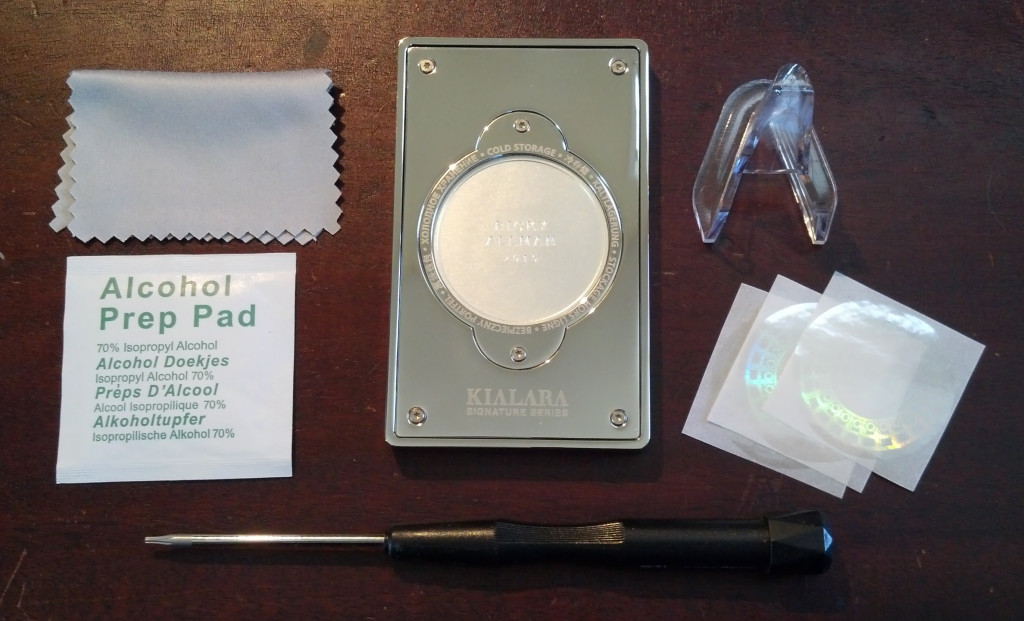
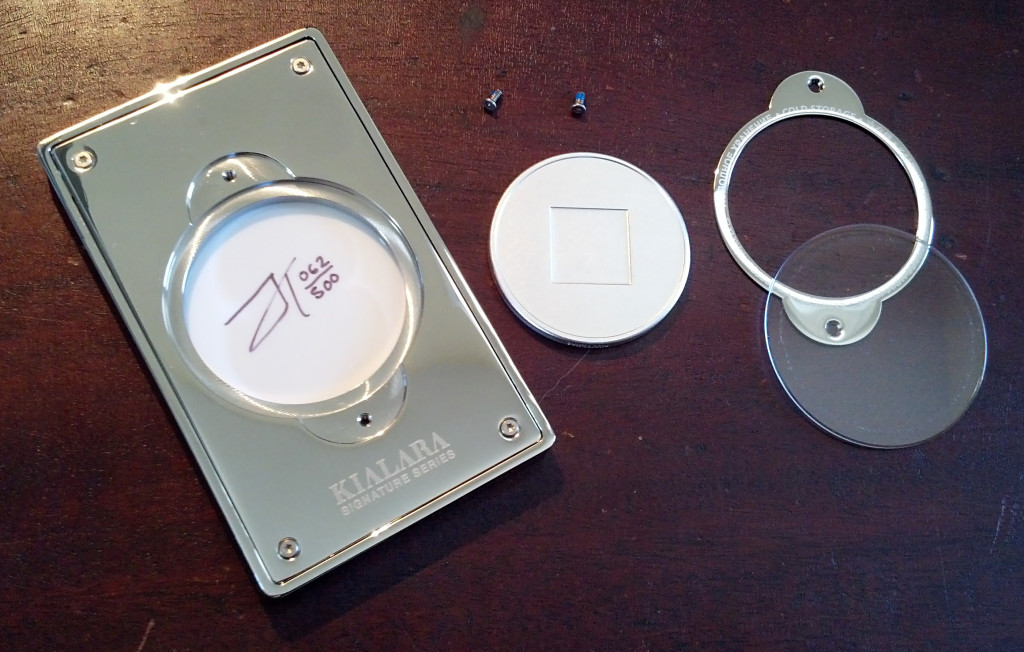
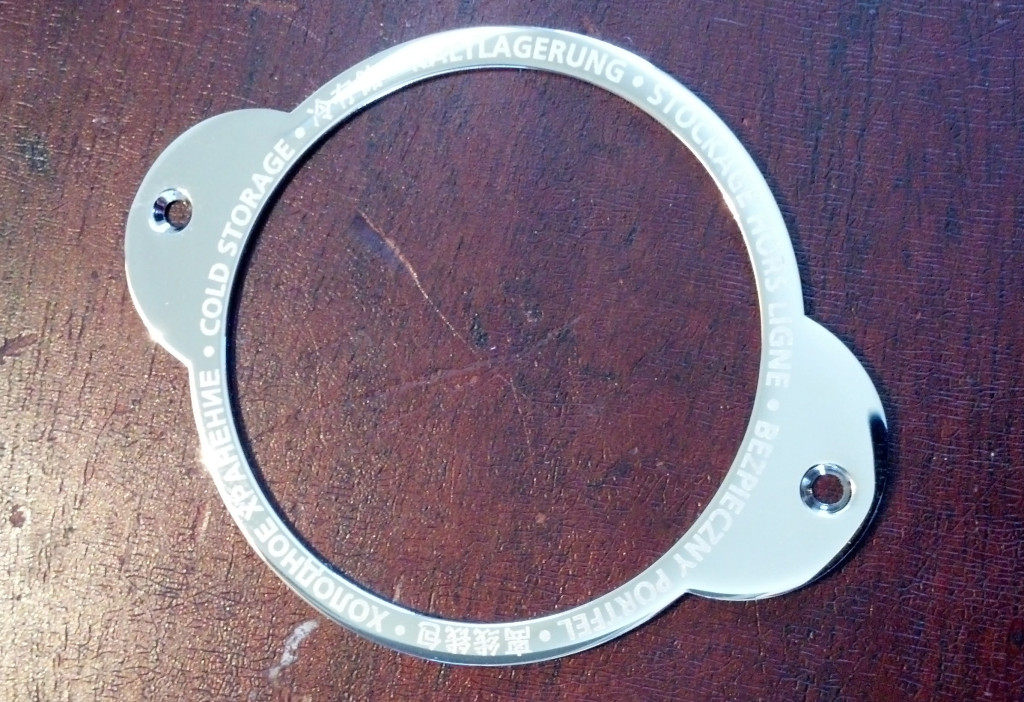
Both works of art are lush and vibrant with color and motion, but they represent two very different approaches to Bitcoin-as-art.
Ricky Allman’s Excavatorelevator 1 uses architectural imagery, walls and panels and planes of color rising up out of a more fluid geology. If it’s a building, it’s a living one that’s unfolding right in front of us, or maybe assembling itself, floating against a starry night sky. A mining metaphor? The soul of the blockchain?
Julia Tourianski’s Current harbors a chaotic surge of multicolored animal-shapes on a raft in a dark sea. Are they sailing, or starving? Is this an image of hope for the future, or scene of collapse, or a frozen moment in time that could be both? Tourianski has said elsewhere that each animal represents a different part of the Bitcoin ecosystem. If so, what is the platypus?! (Answer: “unexpected.”)
It’s up to the viewer to make their own connections with these works, and that’s half the fun. The more you look, the more you’ll see.
And that’s a lot like Bitcoin itself.
